1. You haven't bumped yourself or done anything to even cause a bruise
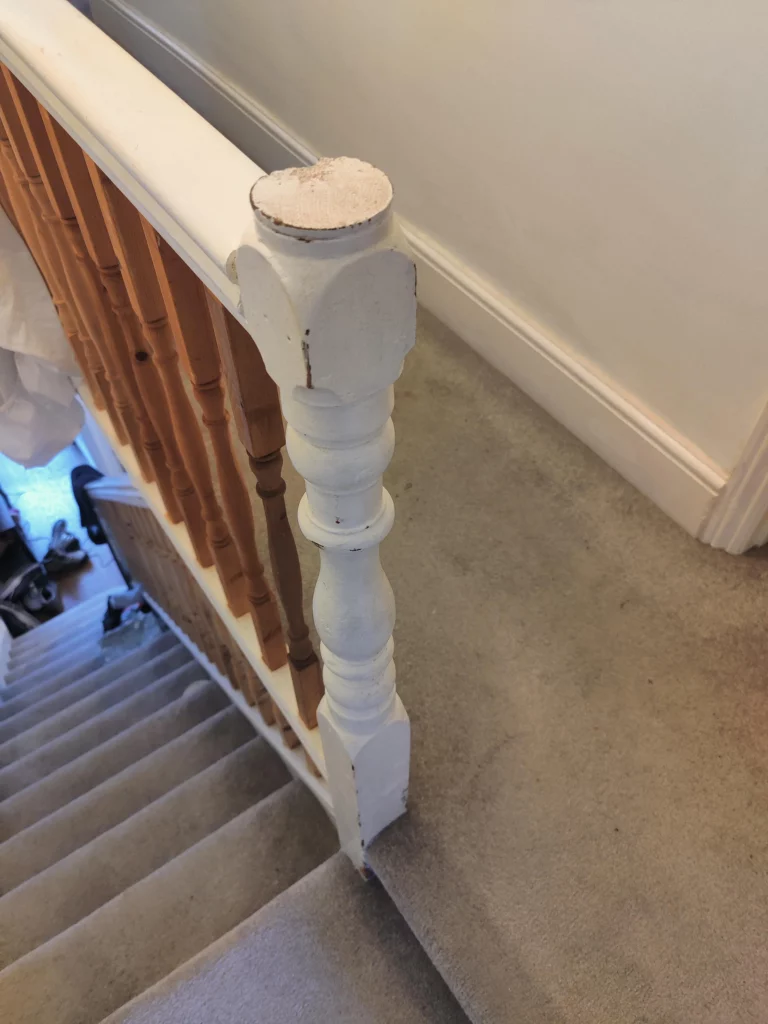 image source: reddit.com
image source: reddit.com
If you notice bruises appearing without any known cause or trauma, it could be a sign of an underlying health condition. Unexplained bruising can be particularly concerning because it suggests that the body is experiencing bleeding or clotting abnormalities without external triggers. This could be indicative of conditions such as thrombocytopenia (low platelet count).
2. Your bruises are unusually large and look deep
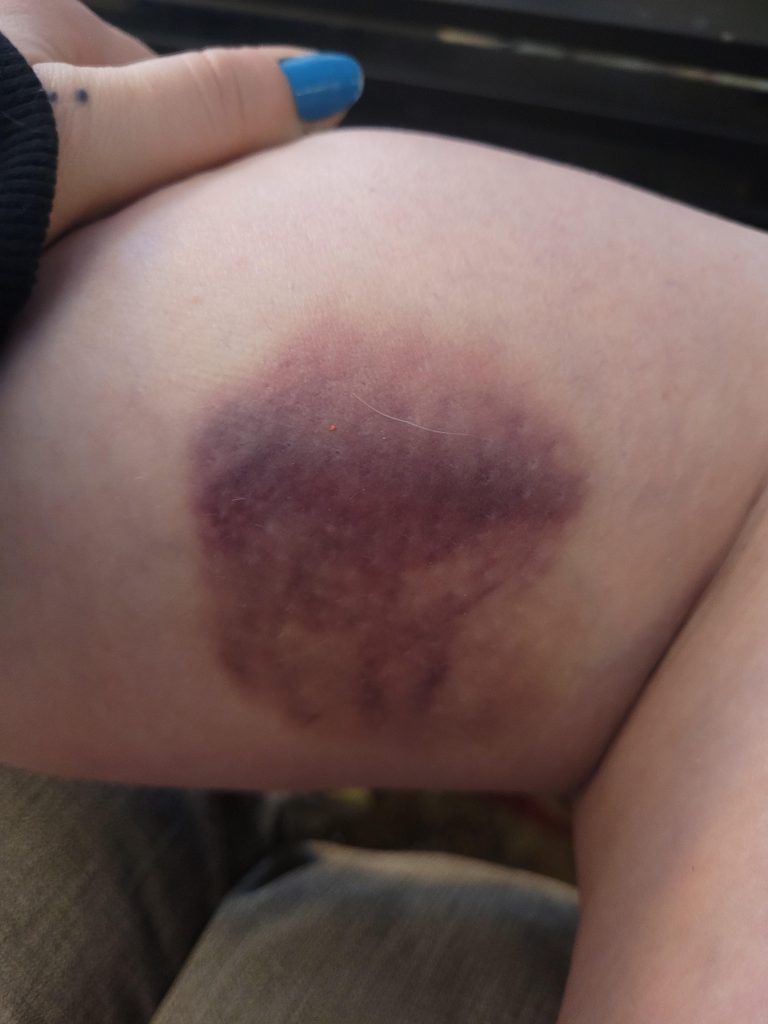 image source: reddit.com
image source: reddit.com
Bruises that are unusually large or deep may indicate a more serious injury or underlying medical issue. Large or deep bruises often result from significant trauma or force applied to the affected area, such as a fall from a height or a motor vehicle accident. However, they can also be a sign of conditions such as vasculitis (inflammation of blood vessels).
3. Bruises are a permanent fixture - you never don't have them
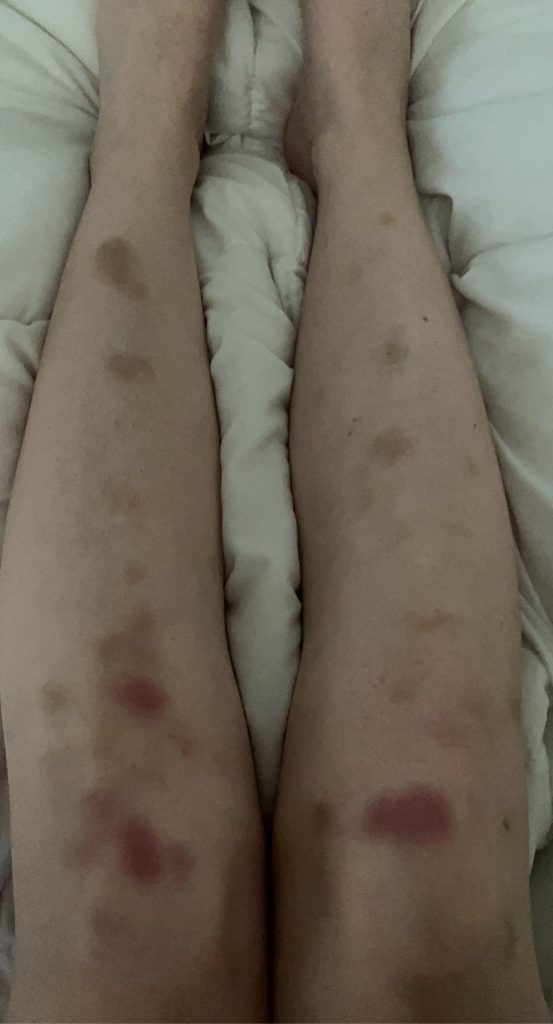
image source: reddit.com
Experiencing bruising frequently, even with minor bumps or knocks, could indicate a problem with blood clotting or fragile blood vessels. Frequent bruising, especially with minimal trauma, may be a sign of underlying issues such as thrombocytopenia, coagulation disorders, or vascular fragility syndromes.
4. You have bruises in weird places, like the abdomen or on the back
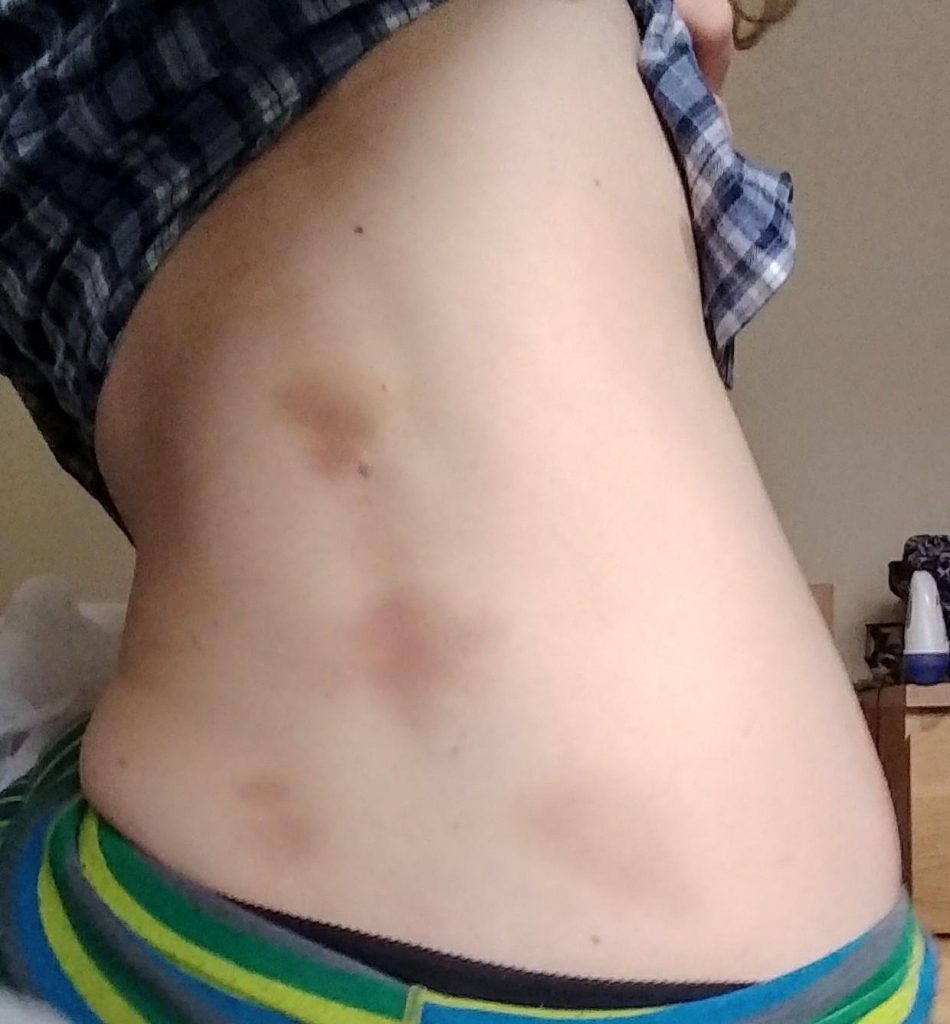 image source: reddit.com
image source: reddit.com
Bruises appearing in unusual places, such as the abdomen or back, without any known trauma may indicate internal bleeding. While bruises commonly occur on exposed areas like the arms and legs, their appearance in less typical locations can raise concerns about internal injuries or medical conditions.
5. Your bruising comes with severe pain that's worse than a bruise should be
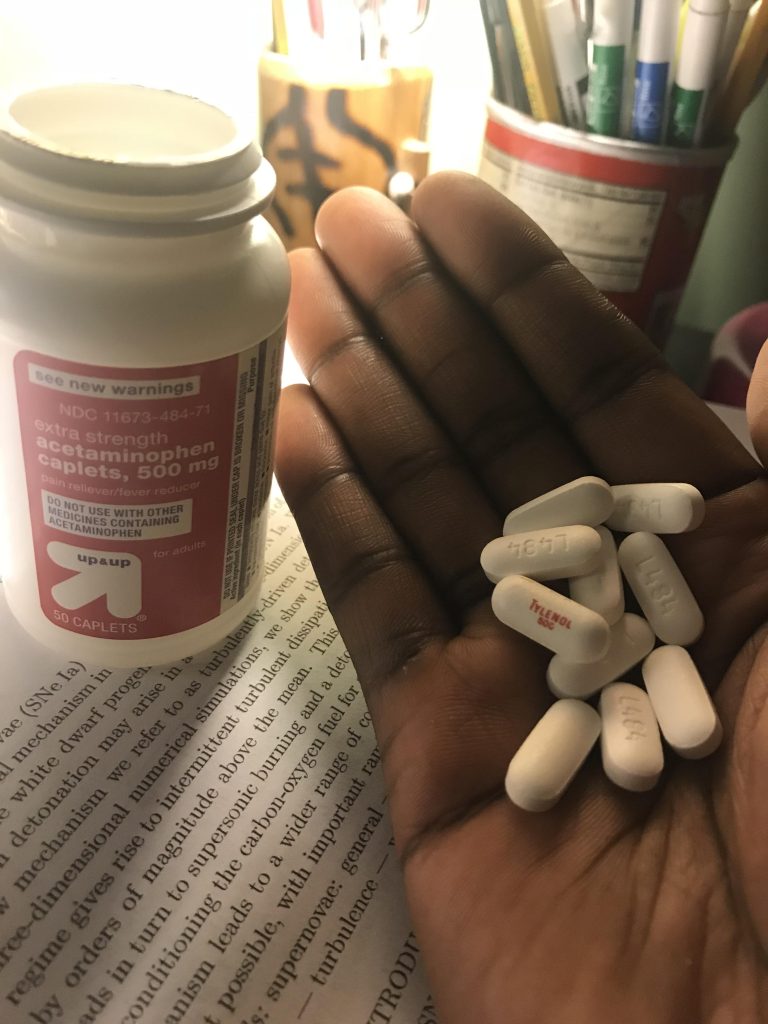 image source: reddit.com
image source: reddit.com
Bruises accompanied by severe pain that persists or worsens over time may indicate a more serious injury or condition. While bruises typically cause some discomfort, severe or worsening pain suggests potential damage to underlying tissues, nerves, or organs. This could be indicative of injuries such as deep tissue bruising, muscle tears, or fractures.
6. Your bruises are coupled with significant swelling
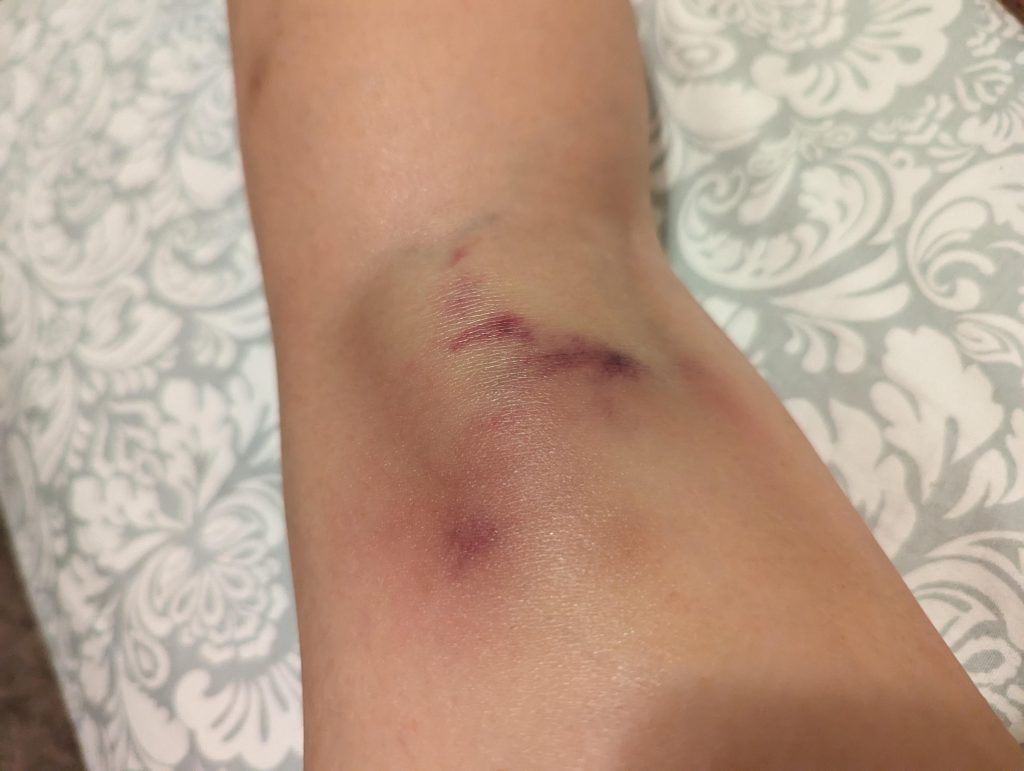 image source: reddit.com
image source: reddit.com
Bruising accompanied by significant swelling could indicate a fracture or other serious injury requiring medical attention. Swelling often occurs in response to tissue inflammation and fluid accumulation following trauma, such as a sprain, strain, or fracture. When accompanied by bruising, swelling may indicate more extensive soft tissue damage or internal bleeding.
7. You get a fever at the same time you bruise
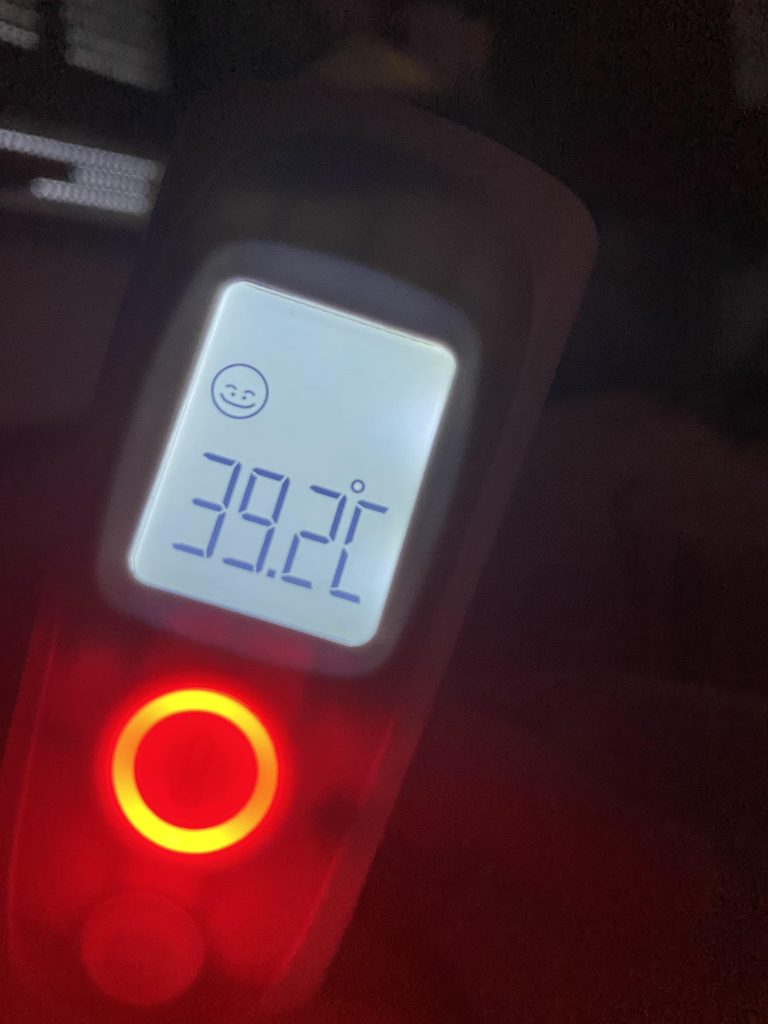 image source: reddit.com
image source: reddit.com
If bruising is accompanied by a fever, it could indicate an infection or inflammatory condition. Fever is the body's response to infection or inflammation, signaling an immune response to combat pathogens or foreign invaders. When fever occurs in conjunction with bruising, it may suggest an underlying infectious process, such as cellulitis (skin infection).
8. Any bruises you have don't seem to fade or heal over time
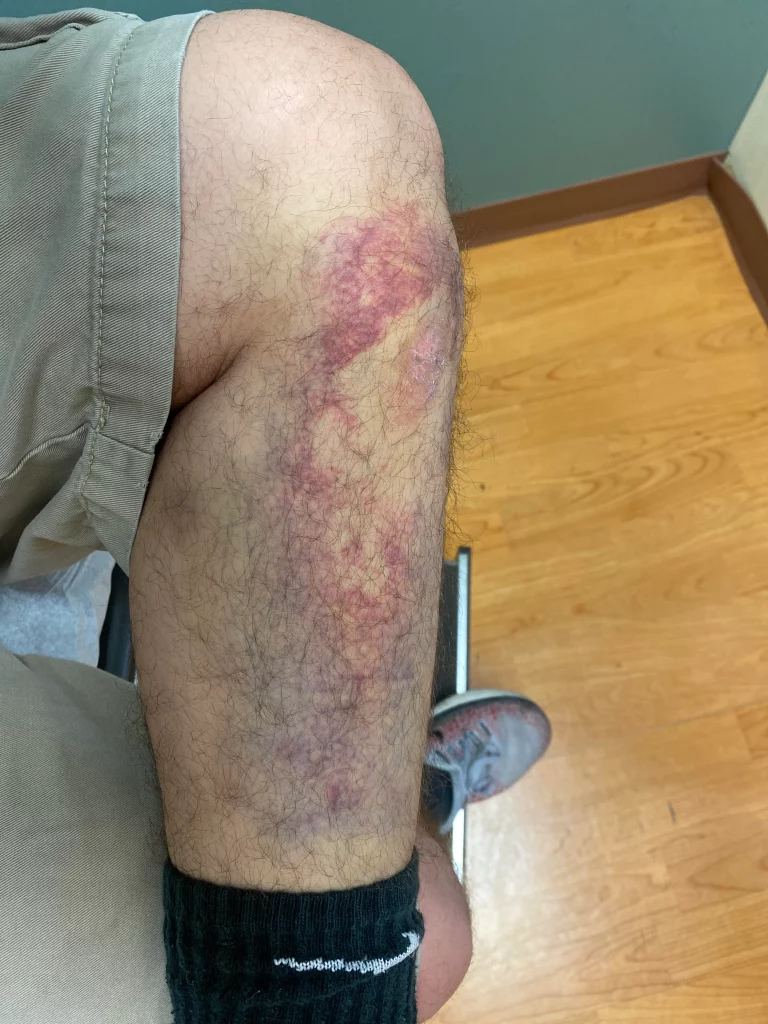 image source: reddit.com
image source: reddit.com
Bruises that do not fade or heal over time as expected may be a sign of an underlying health issue, such as a bleeding disorder. While bruises typically resolve within one to two weeks, persistent bruising that persists beyond this timeframe may indicate impaired blood clotting or vascular abnormalities.
9. You always feel dizzy or faint whenever you have a bruise
 image source: reddit.com
image source: reddit.com
If bruising is accompanied by symptoms like dizziness or fainting, it could indicate a more serious underlying condition, such as internal bleeding or anemia. Dizziness or fainting may result from hypovolemia (low blood volume) due to significant blood loss from internal bleeding or underlying anemia.
10. Your bruising is often coupled with joint pain in the same area
 image source: reddit.com
image source: reddit.com
Bruising accompanied by joint pain could indicate a joint-related condition such as arthritis or a ligament injury. Joint pain associated with bruising may result from inflammation, trauma, or structural damage affecting the joints, such as osteoarthritis, rheumatoid arthritis, or gout. Injuries to ligaments, tendons, or cartilage surrounding the joint can also cause bruising and pain.
11. You get bruising with really bad headaches or vision changes

image source: reddit.com
If bruising is accompanied by headaches or changes in vision, it could indicate a head injury or neurological condition. Headaches and vision changes are concerning symptoms that may indicate underlying brain trauma, intracranial hemorrhage, or neurological dysfunction. In cases of head injury, bruising may result from direct trauma to the head or face, causing blood vessels to rupture and bleed into the surrounding tissues.
12. You feel very weak and tired when you bruise
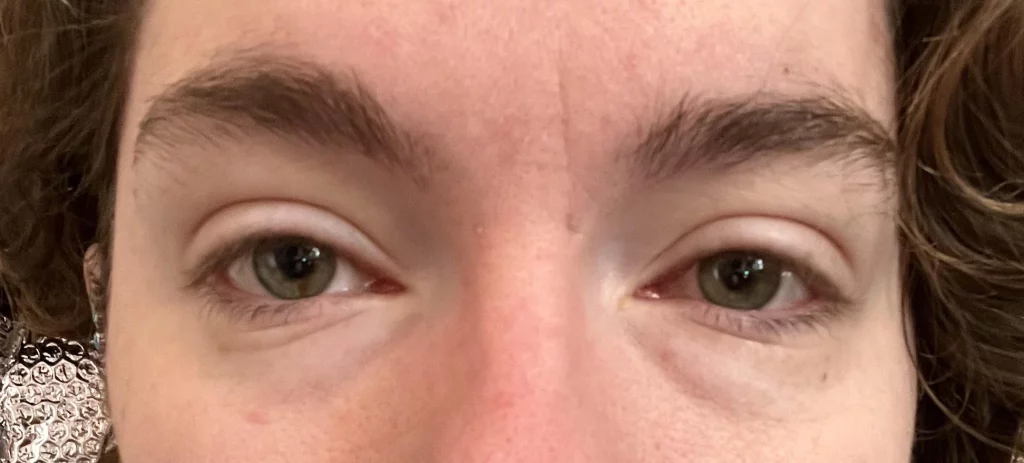 image source: reddit.com
image source: reddit.com
Bruising accompanied by weakness or fatigue may be a sign of anemia or another medical condition affecting blood health. Anemia occurs when there is a decrease in the number of red blood cells or hemoglobin in the blood, leading to reduced oxygen delivery to tissues and organs. When bruising occurs in conjunction with weakness or fatigue, it may indicate underlying anemia, which can result from nutritional deficiencies.
13. You also get cuts or wounds that don't seem to stop bleeding
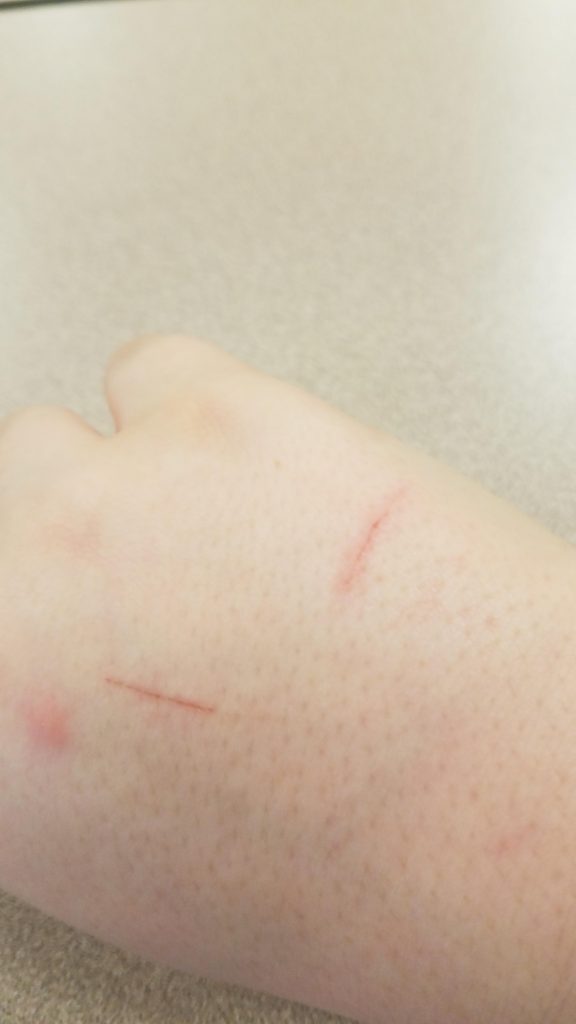
image source: reddit.com
If bruising is accompanied by persistent bleeding from minor cuts or wounds, it could indicate a problem with blood clotting. Normal blood clotting mechanisms are essential for stopping bleeding and promoting wound healing following injury. However, individuals with clotting disorders, such as hemophilia, von Willebrand disease, or thrombocytopenia, may experience prolonged or excessive bleeding.
14. Apart from the area of the bruise, your skin is very pale
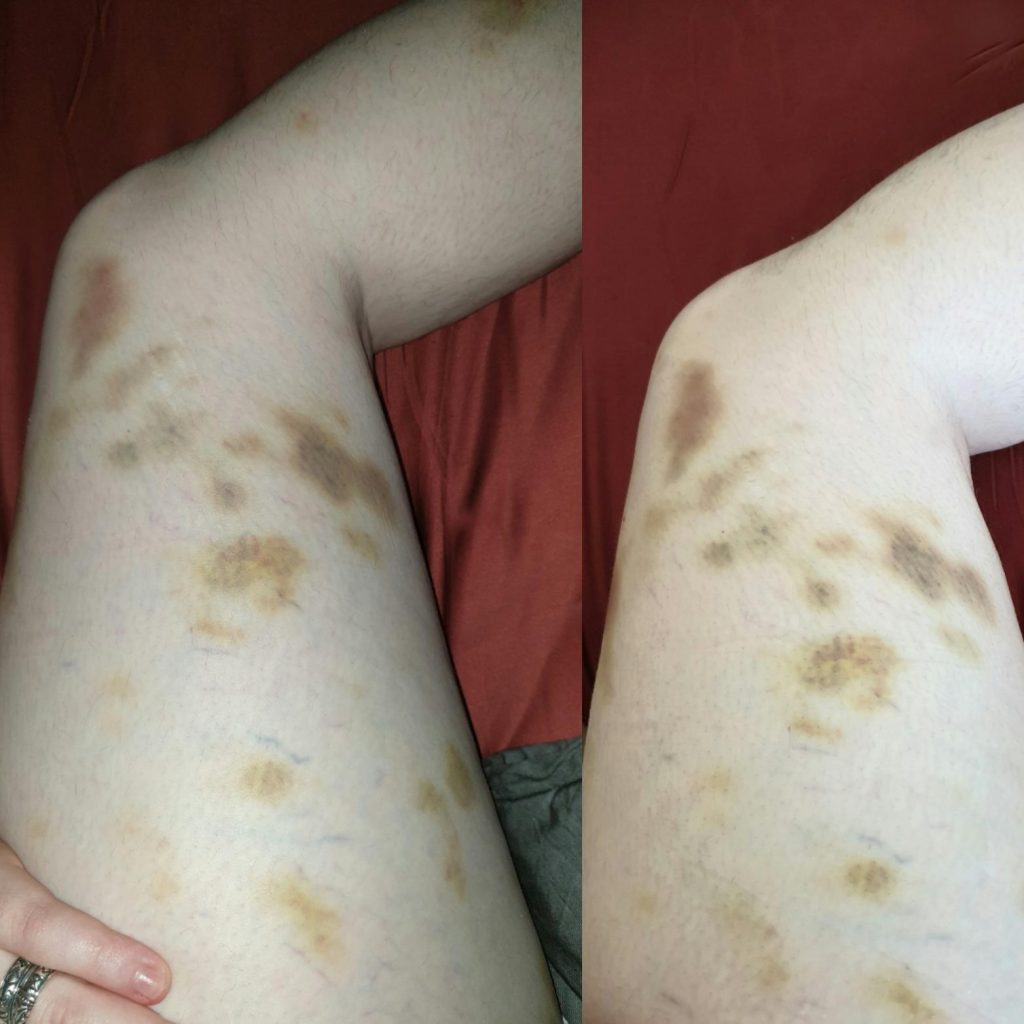 image source: reddit.com
image source: reddit.com
Bruising accompanied by paleness of the skin could indicate anemia or other blood-related disorders. Anemia, characterized by reduced red blood cell count or hemoglobin levels, can lead to pallor (pale skin color) due to decreased oxygenation of tissues and organs. When bruising occurs in conjunction with paleness, it may suggest underlying anemia resulting from various causes.
15. You get bruising accompanied with shortness of breath
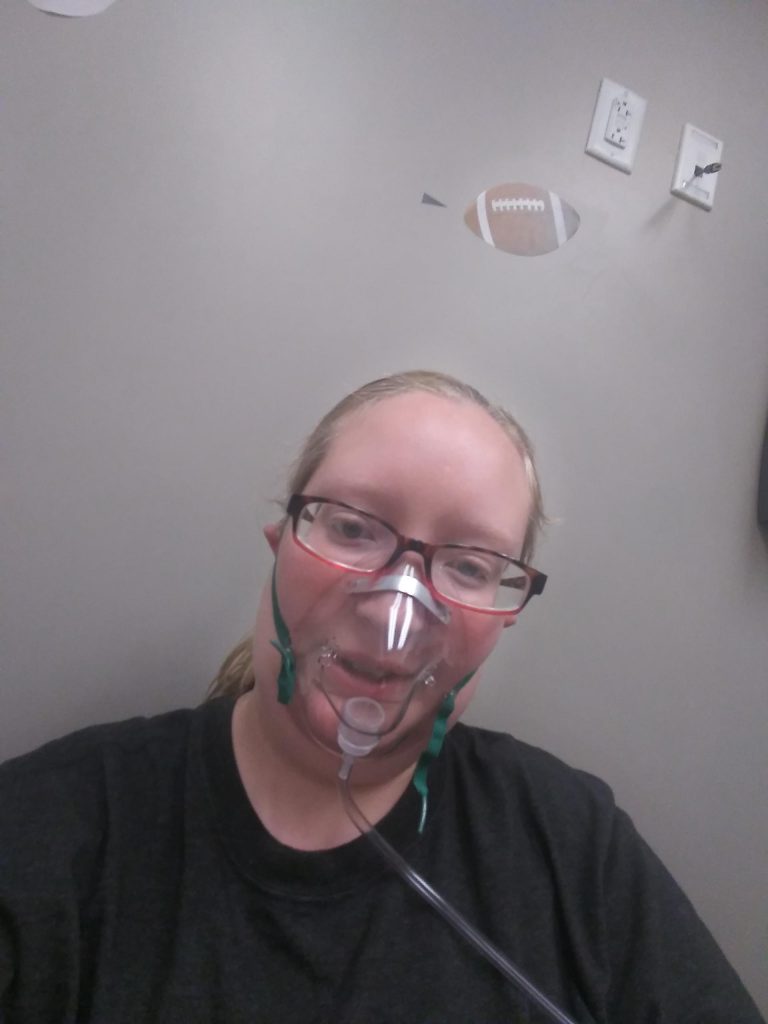 image source: reddit.com
image source: reddit.com
Bruising accompanied by difficulty breathing could indicate a serious underlying condition such as a pulmonary embolism or pneumothorax. Pulmonary embolism occurs when a blood clot travels to the lungs, blocking blood flow and impairing oxygen exchange, leading to symptoms such as sudden shortness of breath, chest pain, and coughing up blood.
16. You feel confused or disoriented alongside your bruises

image source: reddit.com
If bruising is accompanied by confusion or disorientation, it could indicate a head injury or neurological issue. Head injuries can lead to brain trauma, resulting in symptoms such as confusion, disorientation, memory loss, and altered consciousness. Bruising may occur externally as a visible sign of trauma, while internal bruising within the brain can lead to neurological deficits.
17. You throw up or feel sick whenever you bruise
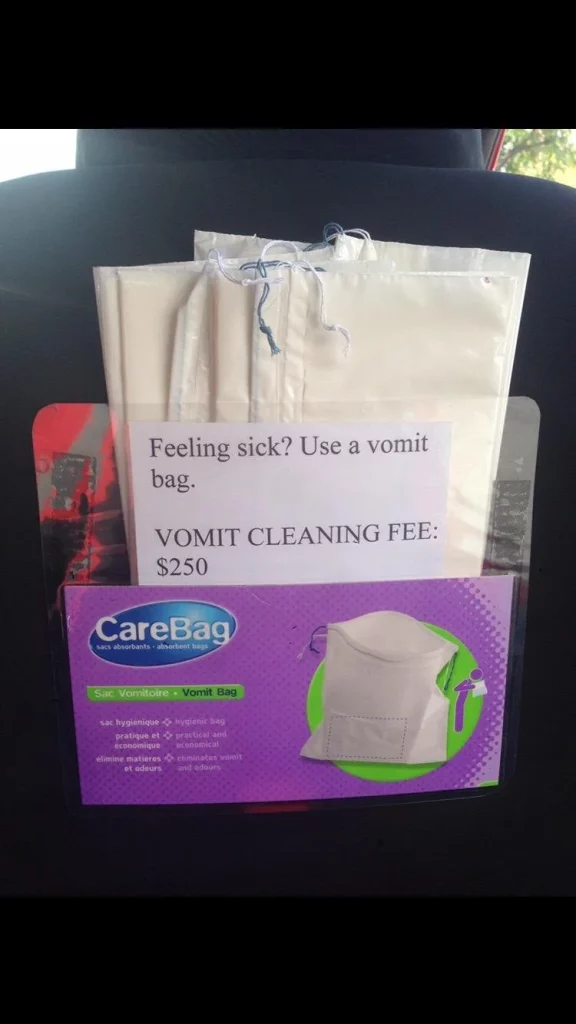
image source: reddit.com
Bruising accompanied by nausea or vomiting could indicate internal bleeding or another serious medical condition. Internal bleeding, whether due to trauma, organ rupture, or underlying medical conditions such as peptic ulcer disease or gastrointestinal malignancy, can lead to symptoms such as abdominal pain, nausea, vomiting, and hematemesis (vomiting blood).
18. You or your family has a history of blood disorders
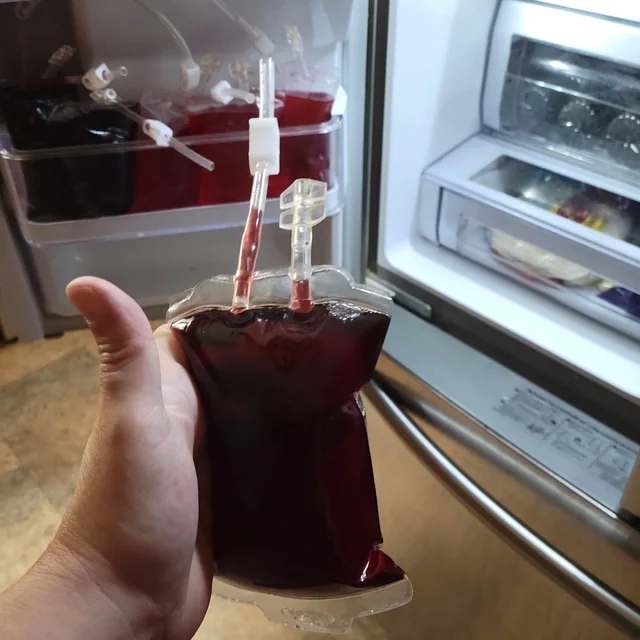 image source: reddit.com
image source: reddit.com
If you have a history of blood disorders, any bruising should be closely monitored and promptly evaluated by a healthcare professional. Individuals with preexisting blood disorders such as hemophilia, von Willebrand disease, or thrombocytopenia are at increased risk of bleeding and bruising due to impaired clotting function or decreased platelet levels.
19. Your bruising is accompanied with frequent nosebleeds
 image source: reddit.com
image source: reddit.com
If bruising is accompanied by frequent or recurrent nosebleeds, it could indicate a problem with clotting or blood vessel abnormalities. Nosebleeds, medically known as epistaxis, can occur due to various factors, including dry air, nasal trauma, or underlying conditions affecting blood clotting or vessel integrity.
20. You get bad stomach pain alongside bruises
 image source: reddit.com
image source: reddit.com
Bruising accompanied by abdominal pain, especially if it's severe or persistent, could indicate internal organ injury or bleeding. Abdominal pain and bruising may result from blunt or penetrating trauma to the abdomen, causing damage to internal organs such as the liver, spleen, or kidneys. In cases of severe trauma, internal bleeding may occur without obvious external signs, leading to abdominal bruising and pain.
21. Your stool is also really dark and tar-like
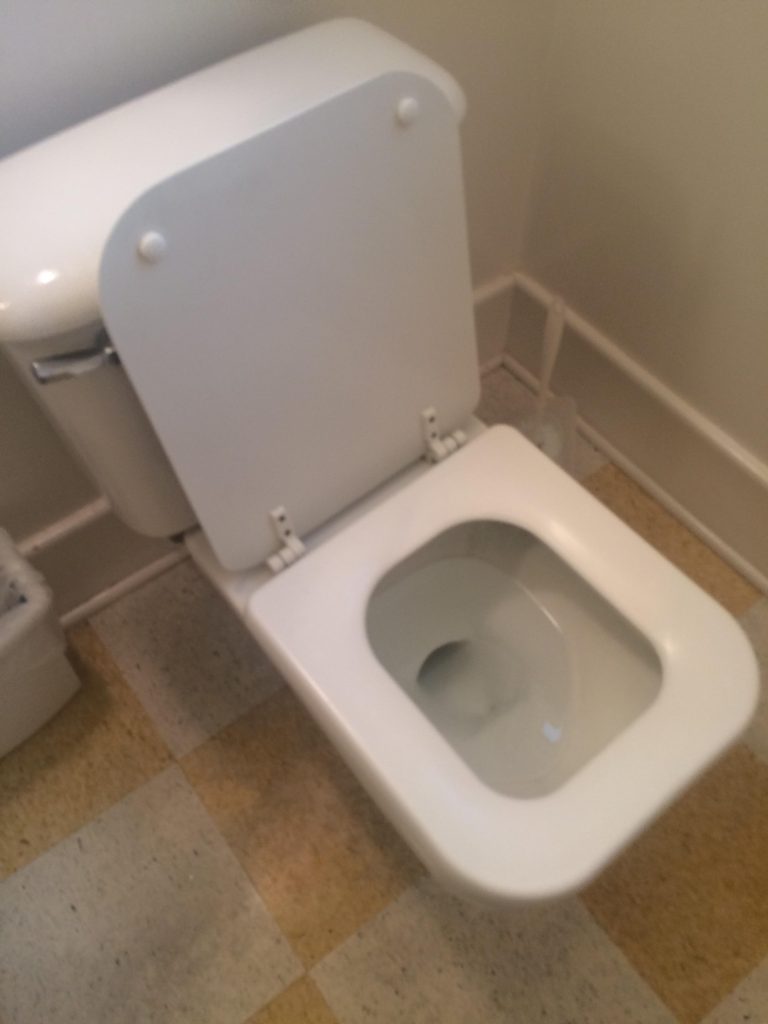 image source: reddit.com
image source: reddit.com
Bruising accompanied by dark, tarry stools may indicate gastrointestinal bleeding, which requires immediate medical attention. Dark, tarry stools, medically known as melena, result from the digestion of blood in the gastrointestinal tract, typically occurring in the upper gastrointestinal tract (esophagus, stomach, or duodenum).
22. You've noticed blood in your urine alongside bruising
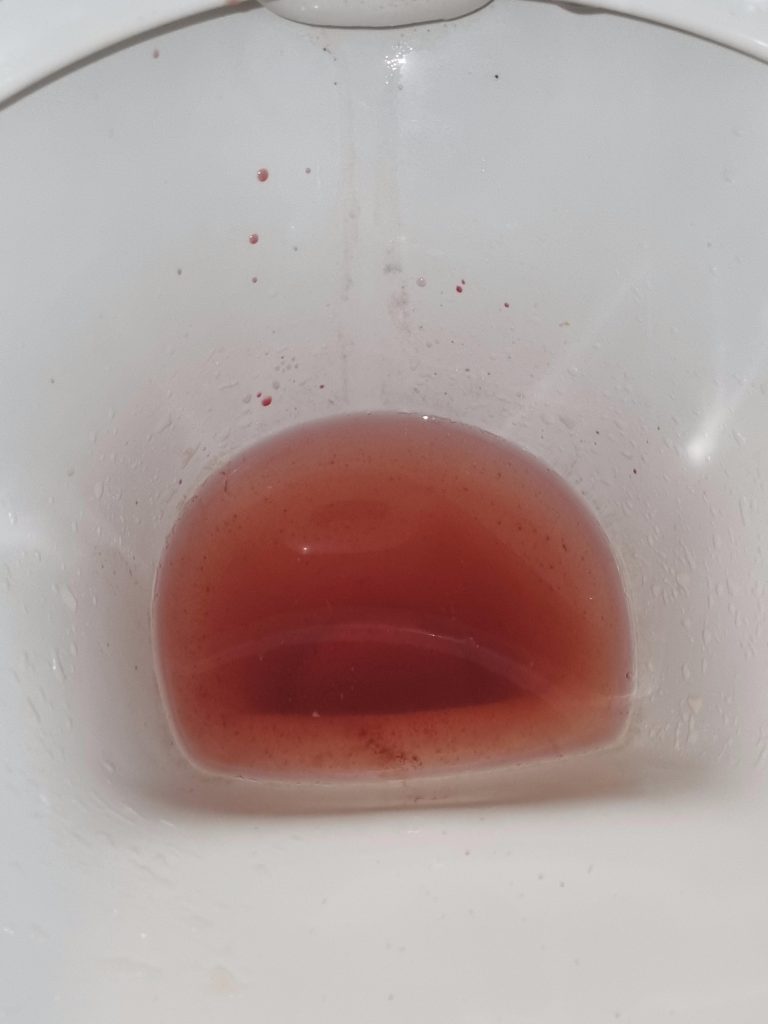 image source: reddit.com
image source: reddit.com
Bruising accompanied by blood in the urine could indicate kidney injury or another serious medical condition affecting the urinary system. Hematuria, or blood in the urine, can result from various underlying causes, including urinary tract infections, kidney stones, trauma, or underlying kidney diseases such as glomerulonephritis or renal cancer.
23. You also have enlarged lymph nodes
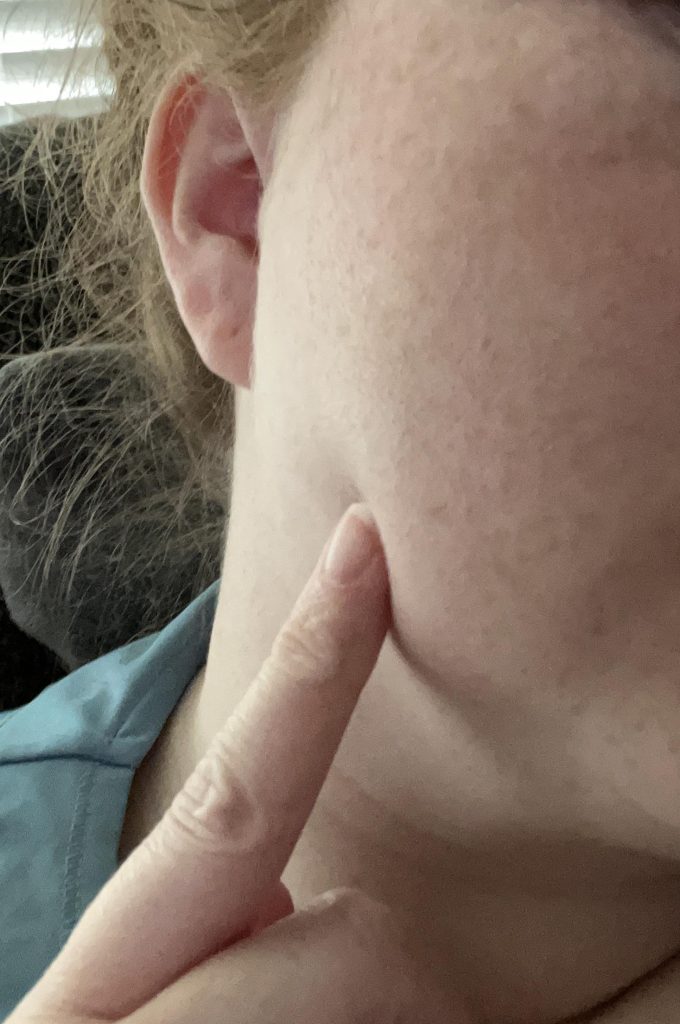 image source: reddit.com
image source: reddit.com
If bruising is accompanied by enlarged lymph nodes, it could indicate an underlying infection or inflammatory condition. Lymph nodes, part of the body's immune system, may become enlarged or swollen in response to infections, inflammation, or malignancies. Enlarged lymph nodes, known as lymphadenopathy, can occur in various regions of the body, including the neck, groin, and axilla (armpit).
24. Your skin or eyes look a little yellow as well
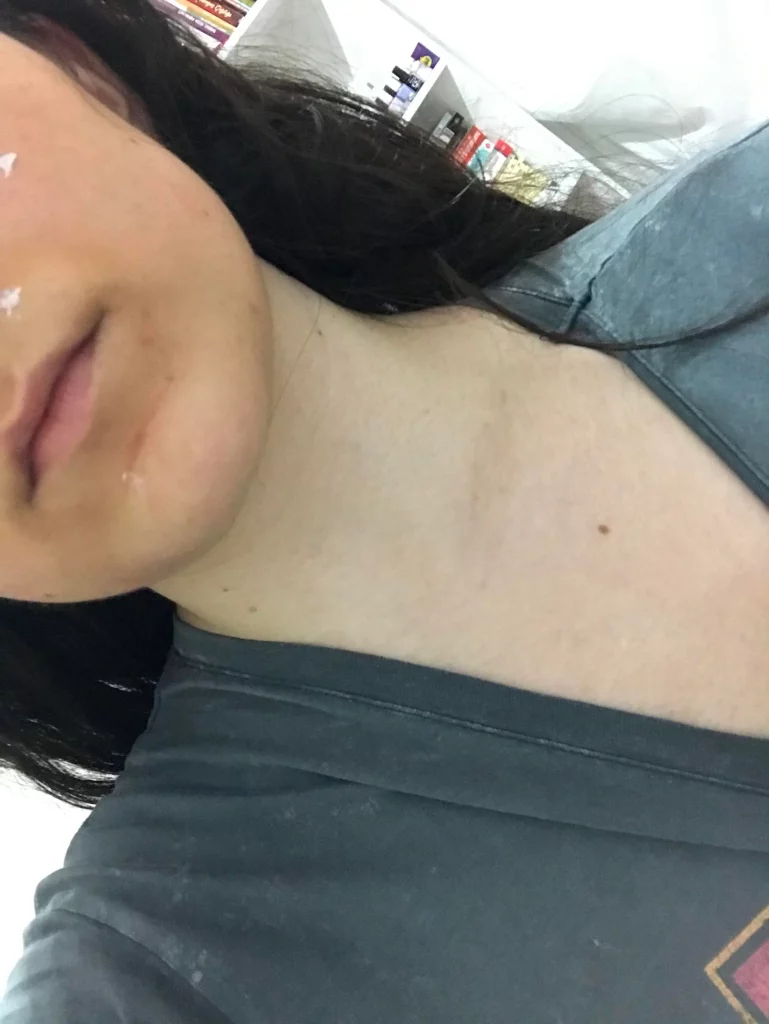 image source: reddit.com
image source: reddit.com
Bruising accompanied by yellowing of the skin or eyes (jaundice) could indicate liver dysfunction or another serious medical condition affecting the liver. Jaundice occurs when there is an accumulation of bilirubin, a yellow pigment produced during the breakdown of red blood cells, leading to yellow discoloration of the skin, sclera (whites of the eyes), and mucous membranes.
25. Whenever you bruise, you also have difficulty moving your limbs
 image source: reddit.com
image source: reddit.com
If bruising is accompanied by difficulty moving a limb or joint, it could indicate a musculoskeletal injury or neurological issue. Difficulty moving a limb or joint, also known as limited range of motion, may result from various factors, including traumatic injury, inflammation, muscle strain, or nerve compression.
26. You have trouble speaking or even swallowing
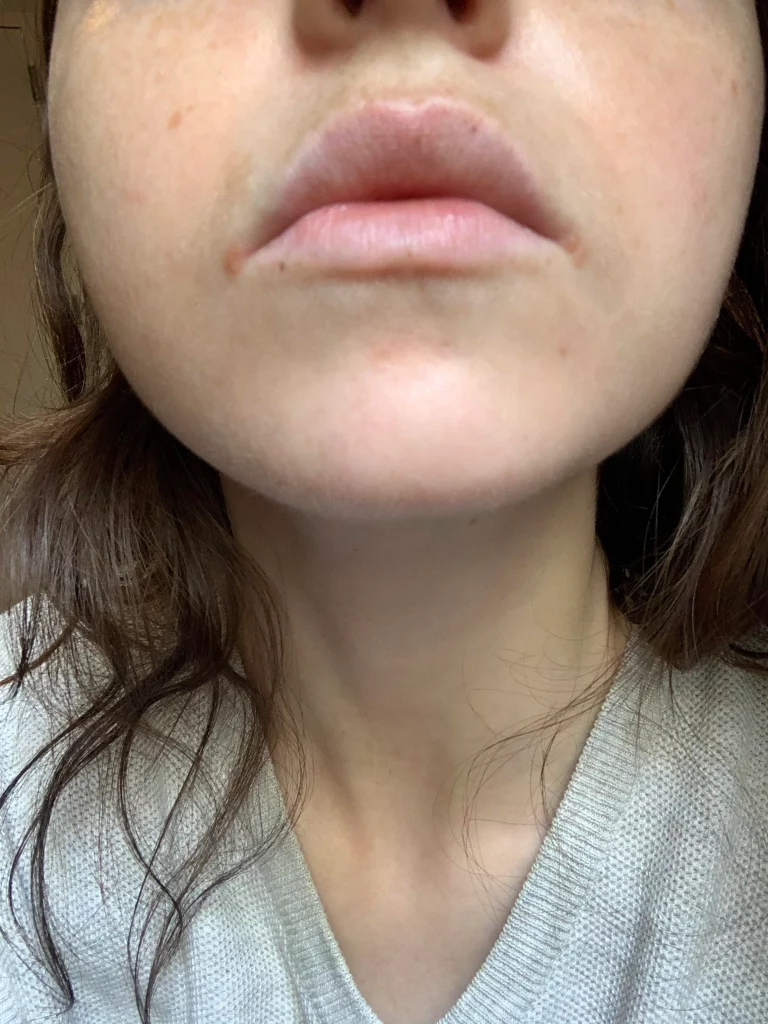 image source: reddit.com
image source: reddit.com
Bruising accompanied by difficulty speaking or swallowing could indicate a head or neck injury requiring immediate medical attention. Difficulty speaking or swallowing, medically known as dysphonia or dysphagia, may result from traumatic injury, neurological disorders, or obstructive conditions affecting the upper airway or esophagus.
27. You've noticed unexplained weight loss alongside your bruising
 image source: reddit.com
image source: reddit.com
Bruising accompanied by unexplained weight loss could indicate an underlying medical condition such as cancer or a metabolic disorder. Unexplained weight loss, defined as unintentional loss of more than 5% of body weight over a period of six to twelve months, can occur in various medical conditions, including malignancies, metabolic disorders, gastrointestinal diseases, or endocrine abnormalities.
28. You have a history of blood clots
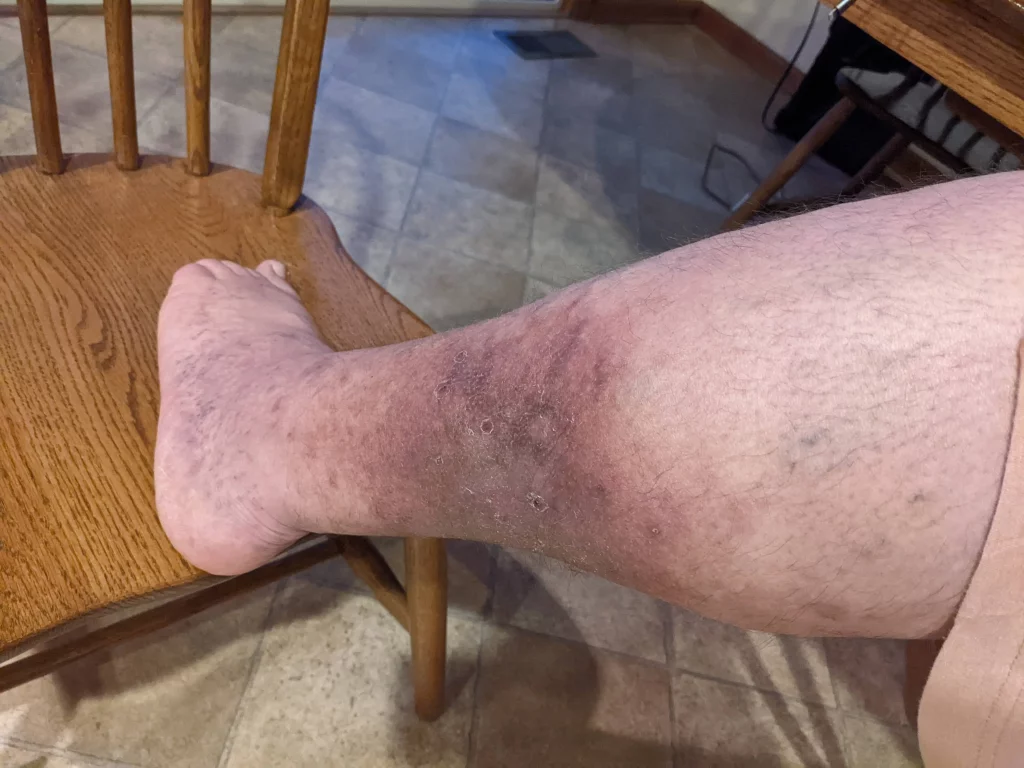 image source: reddit.com
image source: reddit.com
If you have a history of blood clots and notice new or unusual bruising, it could indicate a recurrence of clotting issues or another related complication. Individuals with a history of venous thromboembolism (VTE), such as deep vein thrombosis (DVT) or pulmonary embolism (PE), are at increased risk of recurrent blood clots due to underlying clotting disorders or predisposing factors such as immobility, surgery, or hormonal therapy.
29. You have a history of liver disease
 image source: reddit.com
image source: reddit.com
If you have a history of liver disease and notice new or unusual bruising, it could indicate worsening liver function or complications such as portal hypertension. Liver disease encompasses a range of conditions, including hepatitis, cirrhosis, fatty liver disease, and liver cancer, all of which can impair liver function and affect blood clotting mechanisms.
30. You never seem to stop getting infections as well as bruises
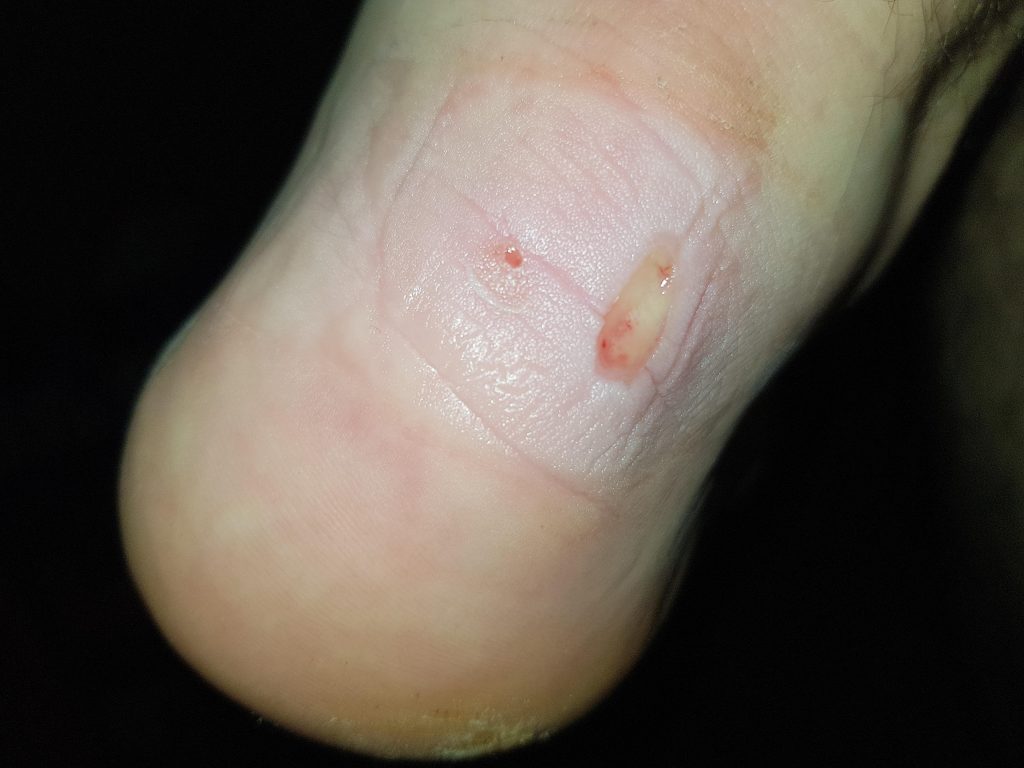 image source: reddit.com
image source: reddit.com
Bruising accompanied by frequent infections or slow wound healing could indicate an underlying immune system disorder or other medical condition affecting immunity. The immune system plays a crucial role in defending the body against infections and promoting wound healing through inflammatory responses and immune cell activation.
31. Red or purple mean a fresh injury
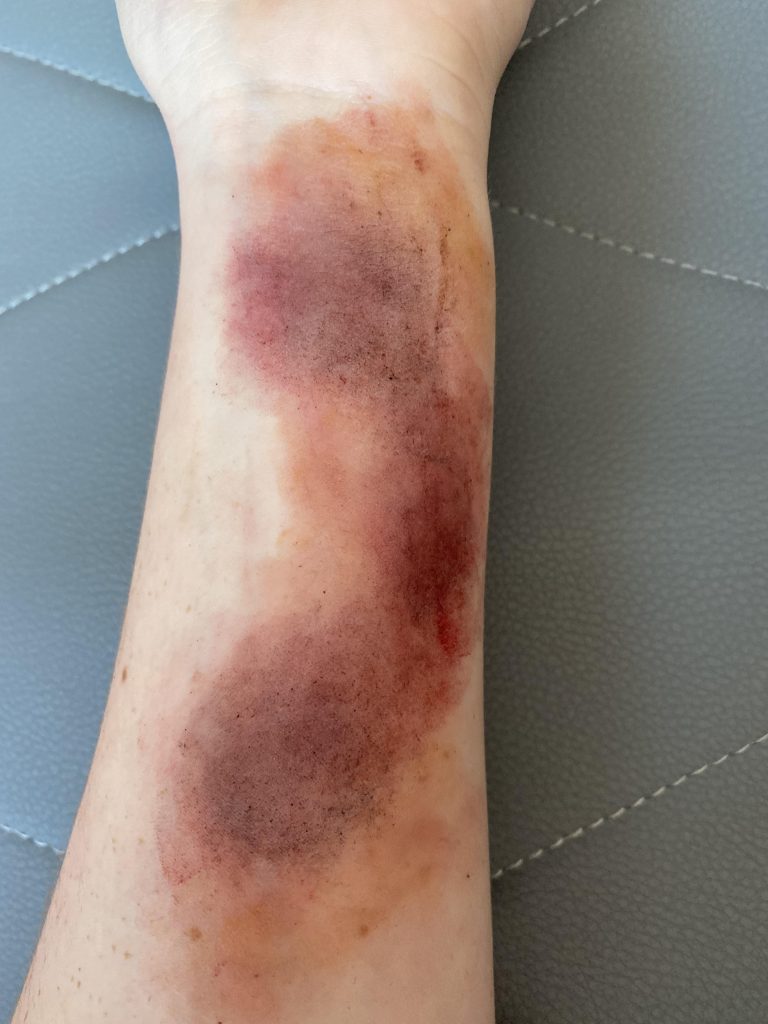 image source: reddit.com
image source: reddit.com
These hues are indicative of fresh bruises, typically appearing shortly after an injury. They occur when small blood vessels under the skin rupture, causing bleeding into the surrounding tissues. The red or purple coloration is attributed to the presence of oxygen-rich hemoglobin within the blood.
32. Blue or dark is an aging bruise
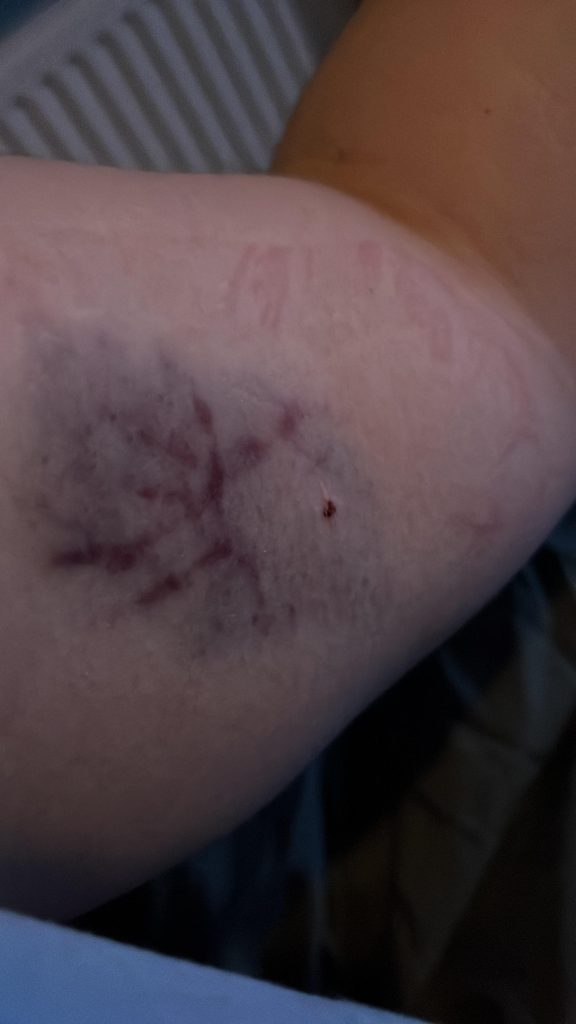
image source: reddit.com
As a bruise progresses in age, it may transition to a blue or dark purple color. This change occurs as the accumulated blood pools beneath the skin and begins to undergo degradation. Enzymes released during this process break down hemoglobin molecules, causing a shift in their coloration from red to blue or purple.
33. A green bruise might look unsightly, but it just means it's healing
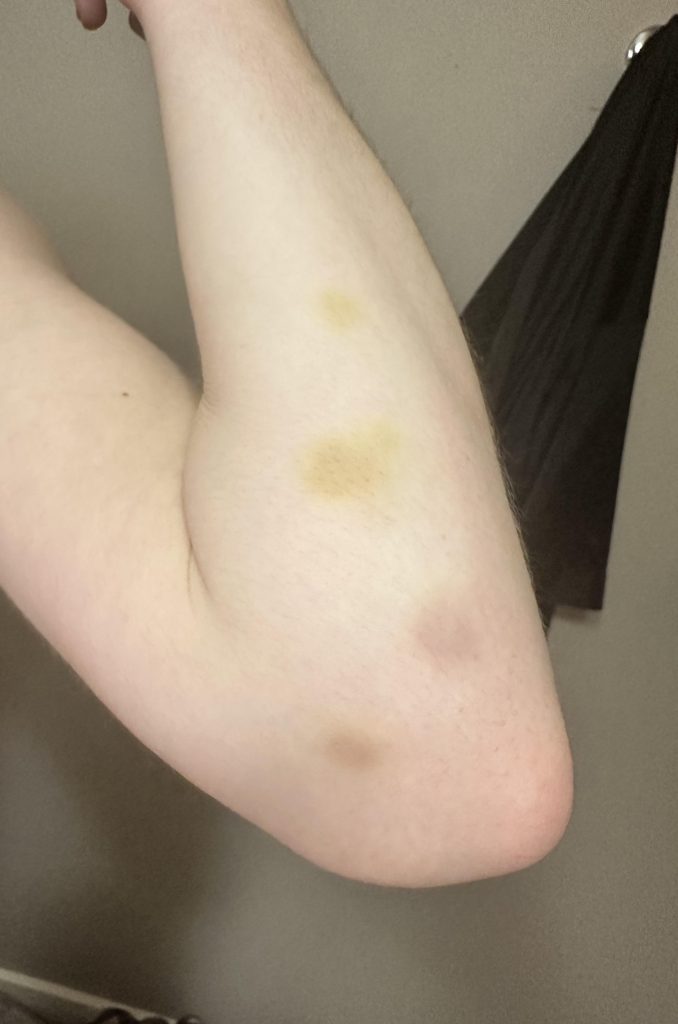 image source: reddit.com
image source: reddit.com
During the healing process, a bruise may evolve into a greenish hue. This transformation is due to the breakdown of hemoglobin into biliverdin, a green-colored pigment. As biliverdin accumulates within the bruised area, it imparts a greenish tint to the skin, signifying ongoing resolution of the injury.
34. A raised or swollen bruise might suggest a hematoma
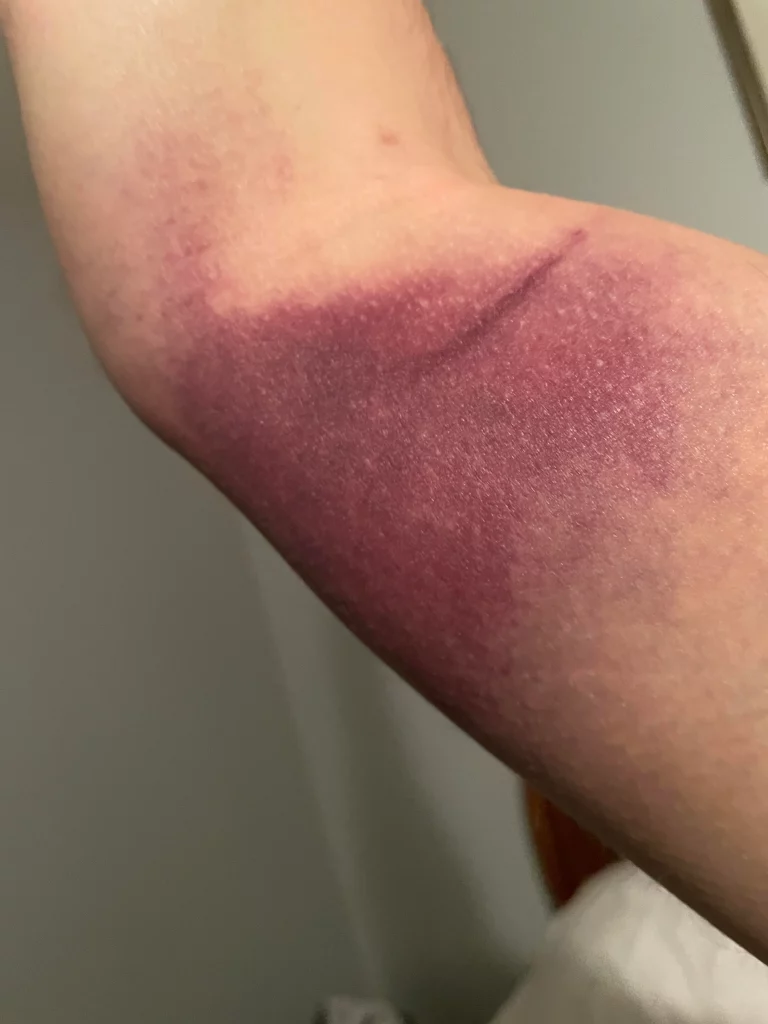 image source: reddit.com
image source: reddit.com
When a bruise appears raised or swollen, it likely signifies the presence of a hematoma, which is essentially a localized collection of blood outside of blood vessels. Hematomas typically occur as a result of more substantial injuries that cause blood vessels to rupture, leading to blood pooling under the skin or in deeper tissues.
35. A bruise very tender to the touch might mean a more severe injury
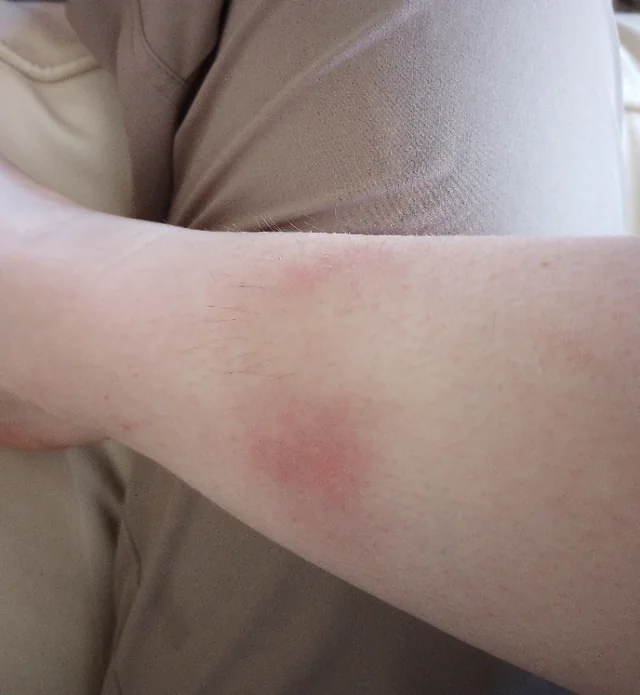 image source: reddit.com
image source: reddit.com
Bruises that elicit tenderness or pain upon touch may indicate deeper tissue damage or a more severe injury. While bruising itself may be a superficial manifestation of tissue trauma, tenderness suggests that the injury may extend beyond the skin's surface into underlying structures such as muscles, tendons, or bones.
36. Large bruises can mean a significant body trauma
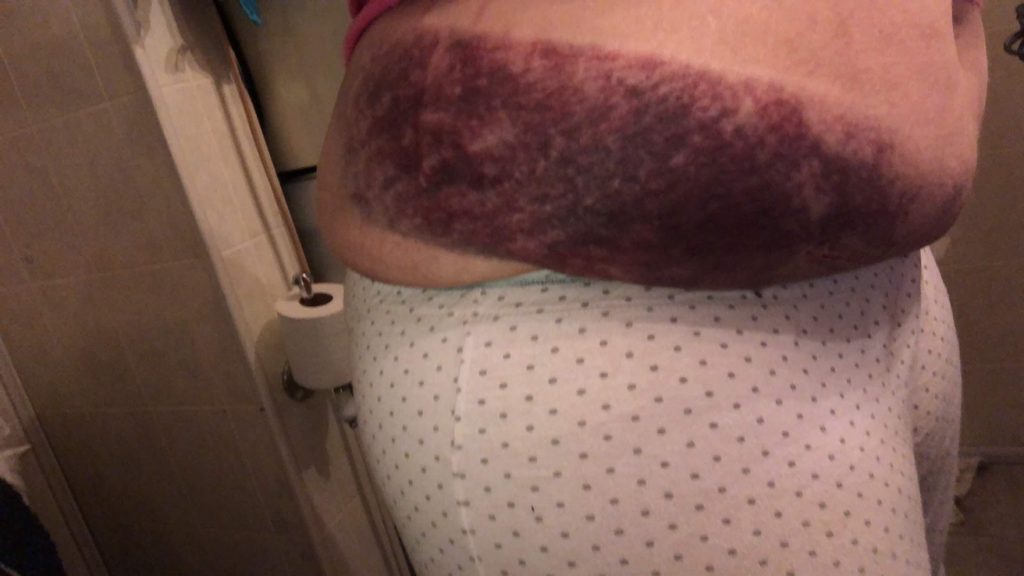 image source: reddit.com
image source: reddit.com
Bruises that cover a large area of the body or appear unusually large may indicate a more significant trauma or injury. The size and extent of bruising often correlate with the force of impact or severity of the underlying injury. In cases of significant trauma, such as falls, motor vehicle accidents, or sports injuries, large bruises may develop due to widespread tissue damage and bleeding.
37. Yellow bruising is a good sign - it means it's almost fully healed
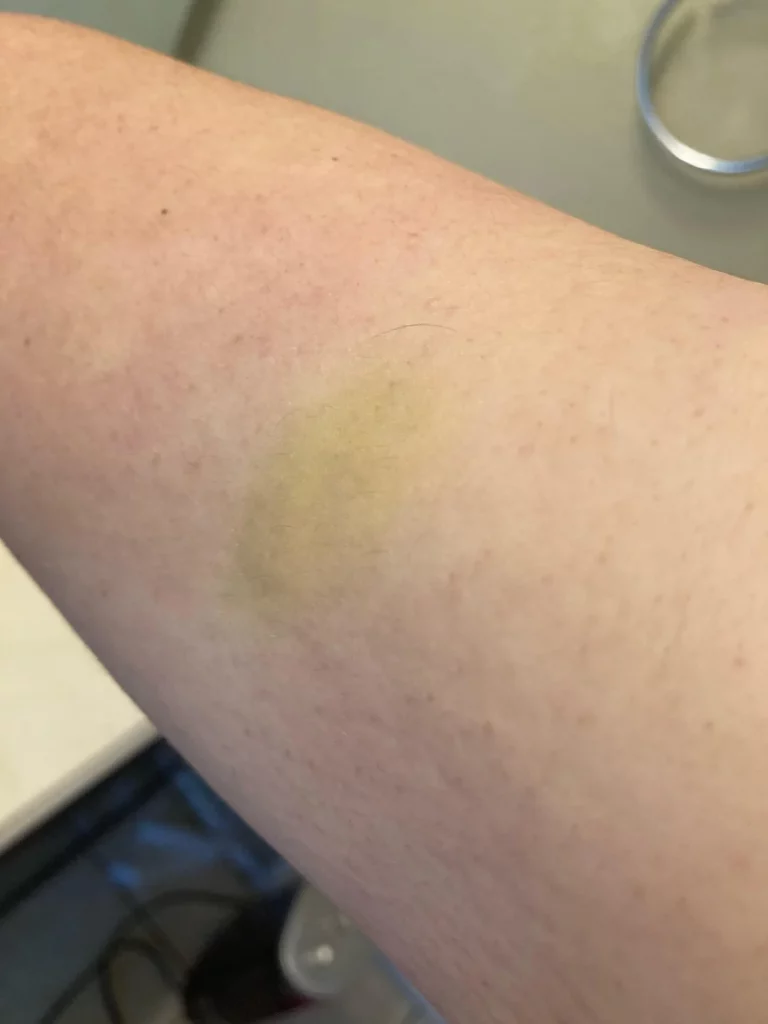 image source: reddit.com
image source: reddit.com
In the latter stages of healing, a bruise may take on a yellowish appearance. This change in color occurs as biliverdin, the green pigment derived from hemoglobin breakdown, is further metabolized into bilirubin, which has a yellowish color. The presence of yellow hues signifies the final stages of bruise resolution and tissue repair.
38. Bruises with a strange or jagged border can indicate blunt force trauma
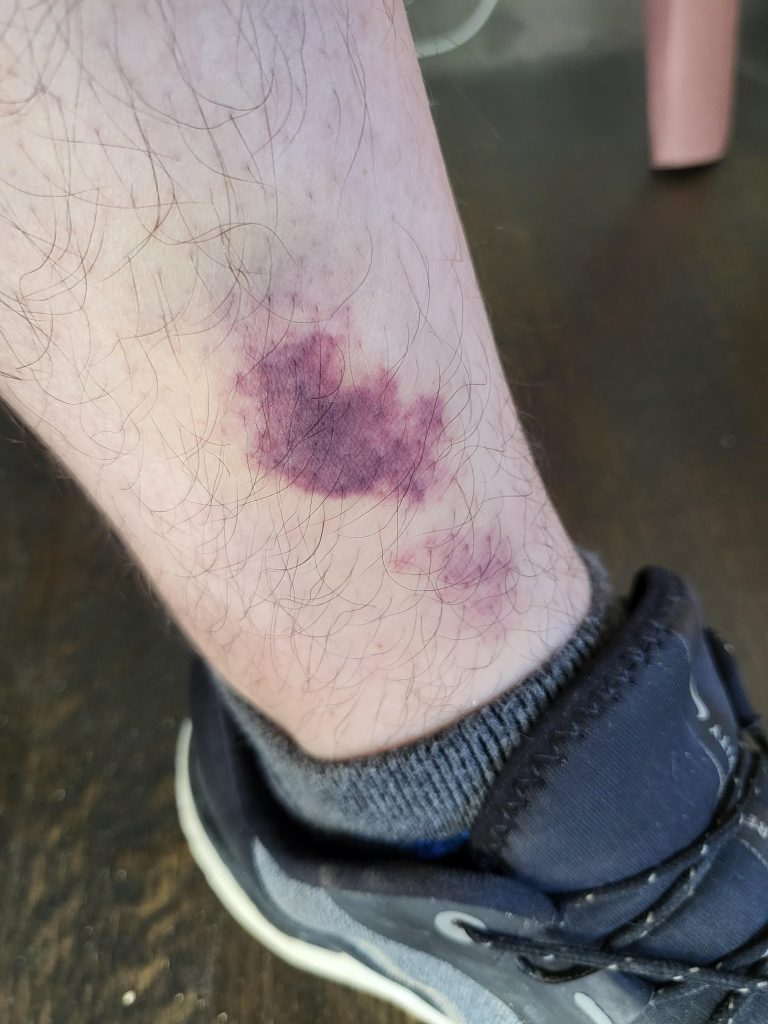 image source: reddit.com
image source: reddit.com
Bruises with irregular or jagged borders may indicate trauma from blunt force or injury. Unlike typical bruises with well-defined borders, irregular bruises suggest that the injury occurred from multiple angles or that the force of impact was uneven. This pattern of injury is commonly seen in situations such as falls, collisions, or physical assaults.
39. Bruises with lumps in could mean a blood clot
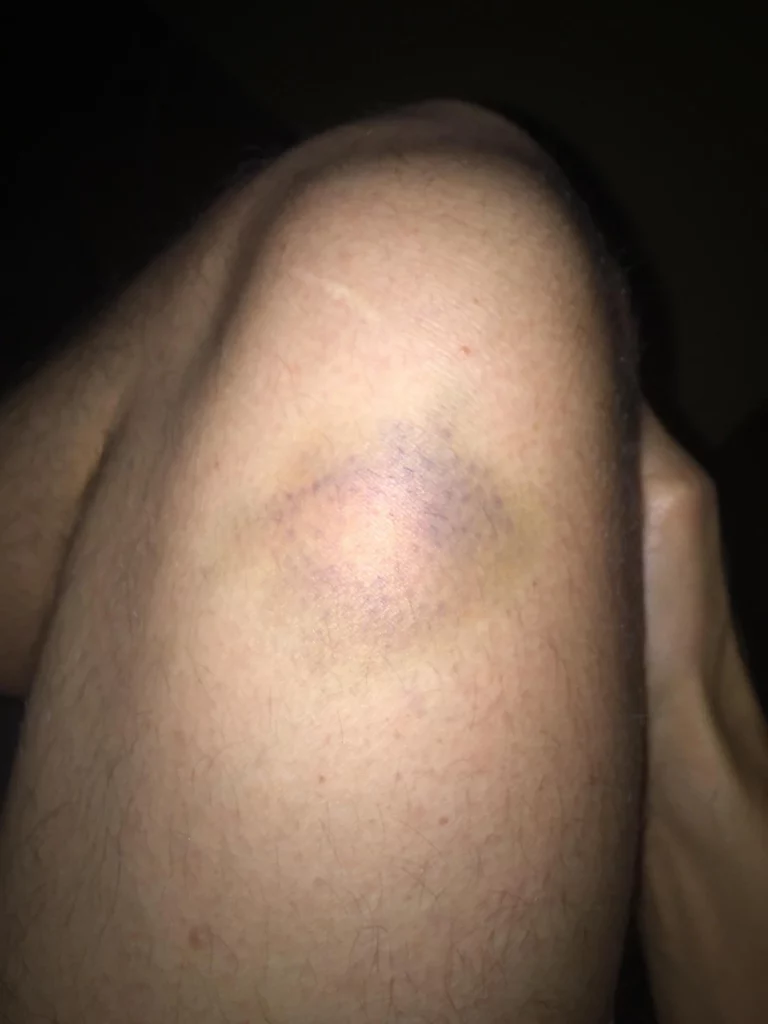 image source: reddit.com
image source: reddit.com
When a bruise feels lumpy or nodular to the touch, it may indicate the presence of a blood clot within the affected area. The palpable lumps or nodules within the bruised area may represent coagulated blood or organized tissue debris encapsulated within the hematoma at the bruise location.
40. Bruises with blistering are common with burns or frostbite
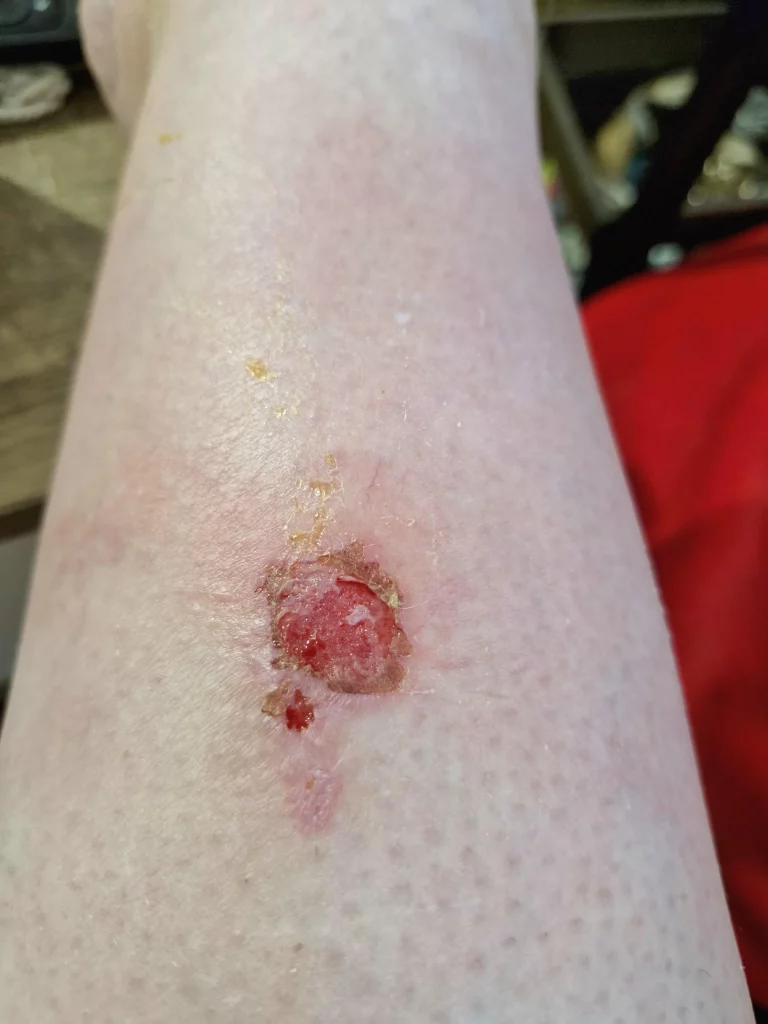 image source: reddit.com
image source: reddit.com
In severe cases of trauma, such as crush injuries, burns, or frostbite, bruises may develop blisters on the skin's surface due to damage to underlying tissues and blood vessels. Blistering bruises typically occur when the trauma disrupts the skin's integrity and compromises its ability to contain fluid within the tissues.
41. Linear bruises suggest a straight-edged object
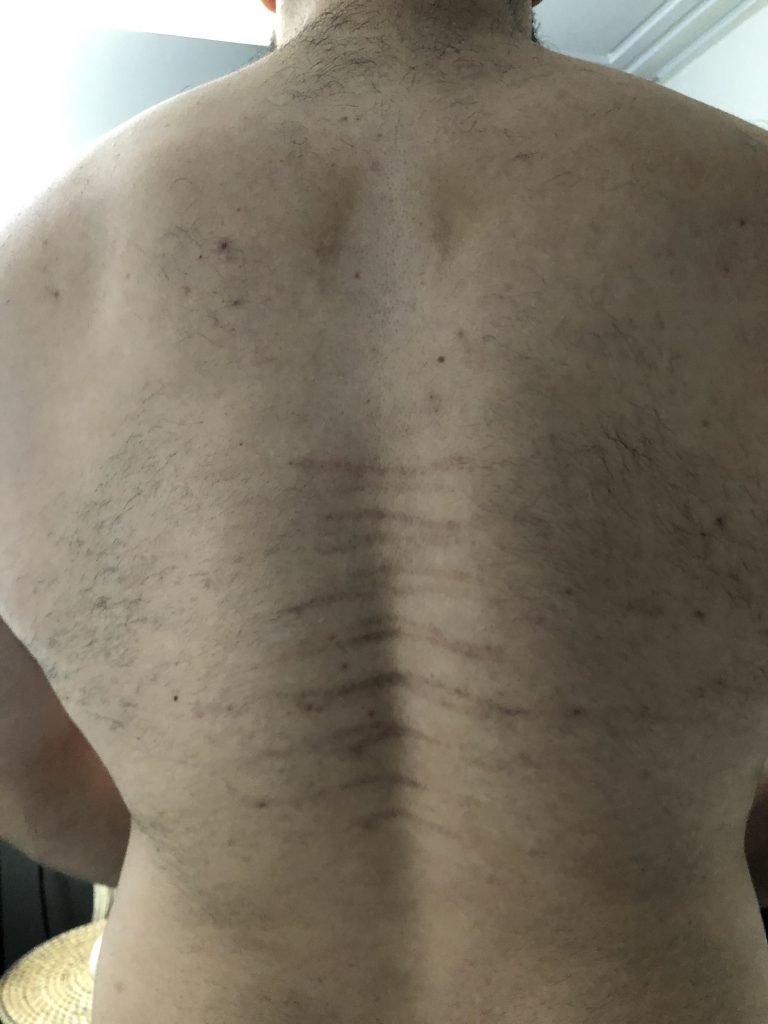 image source: reddit.com
image source: reddit.com
Bruises that appear as straight lines or patterns may be indicative of injuries caused by objects with defined edges or surfaces, such as belts, ropes, or other implements. Linear bruises often occur in cases of blunt force trauma or physical assaults involving the use of objects or weapons. The linear pattern of bruising reflects the shape or contour of the impacting object.
42. Bruising with redness and warmth can indicate an infection
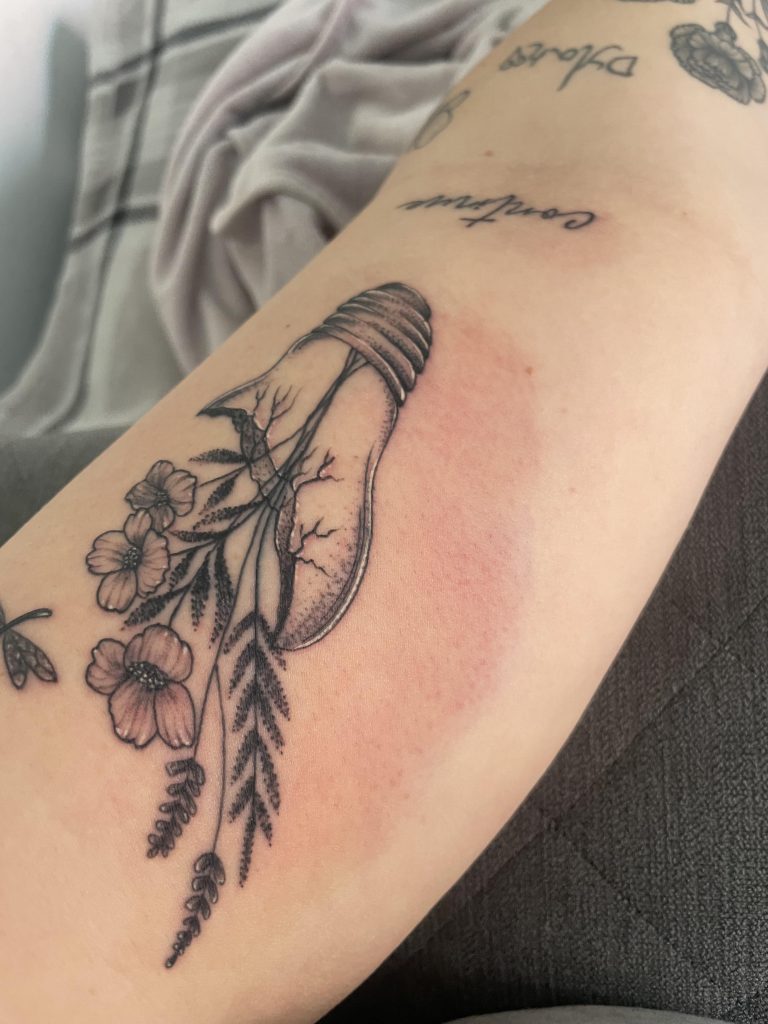 image source: reddit.com
image source: reddit.com
Bruises accompanied by redness or warmth in the surrounding area may indicate inflammation or infection, especially if the bruise does not appear to be healing normally. Inflammatory responses are part of the body's natural healing process and typically involve increased blood flow to the affected area, resulting in redness, warmth, and swelling.
43. A bruise that doesn't actually hurt could be a sign of medical disorders
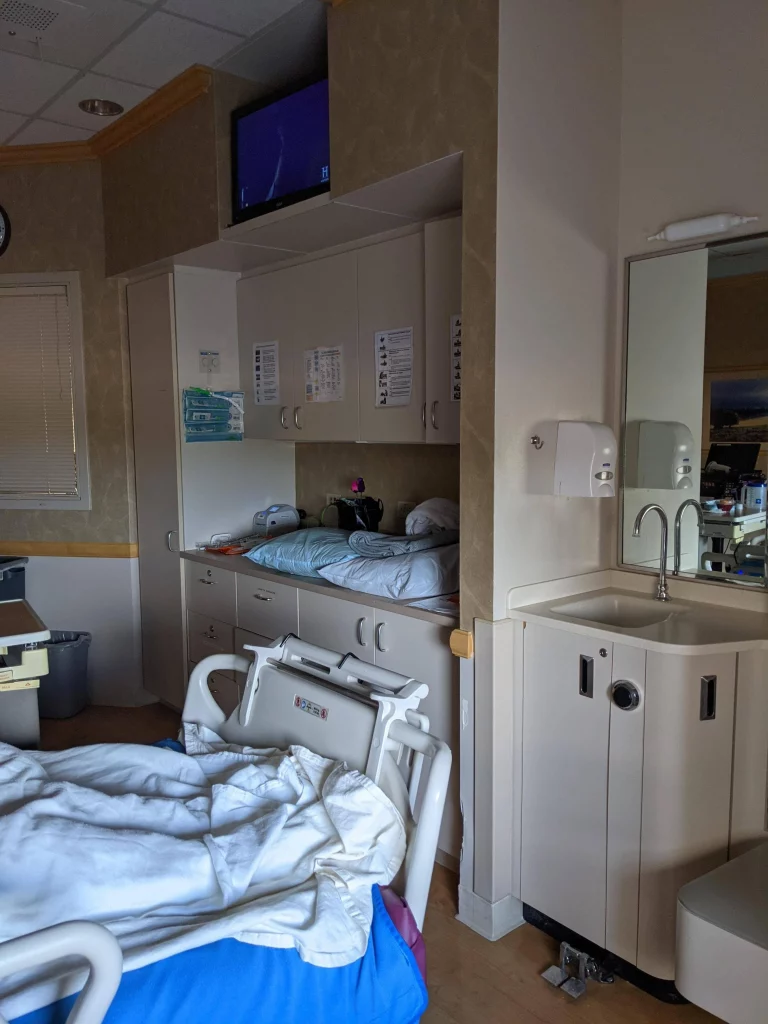 image source: reddit.com
image source: reddit.com
While bruises typically cause tenderness or pain upon touch, the absence of pain in a bruised area may raise concerns regarding underlying medical conditions. Painless bruises may be indicative of certain health issues, including platelet disorders, vascular abnormalities, or adverse medication reactions.
44. Bruises with a dark black center are common with injections
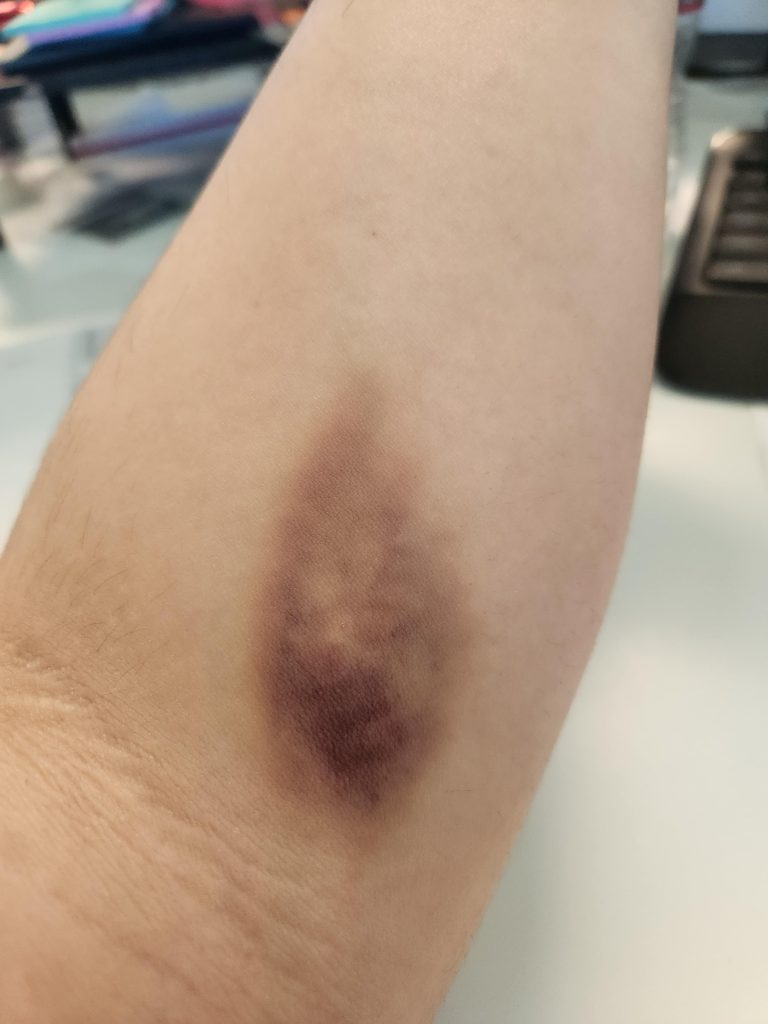 image source: reddit.com
image source: reddit.com
Ecchymosis refers to the discoloration of a bruise characterized by a dark or black center surrounded by a purplish hue. This distinctive appearance of ecchymosis can occur in cases of severe trauma or as a result of certain medical procedures, such as injections or surgeries. The dark or black center of the bruise often reflects extensive tissue damage and blood pooling.
45. Delayed bruising could indicate internal bleeding
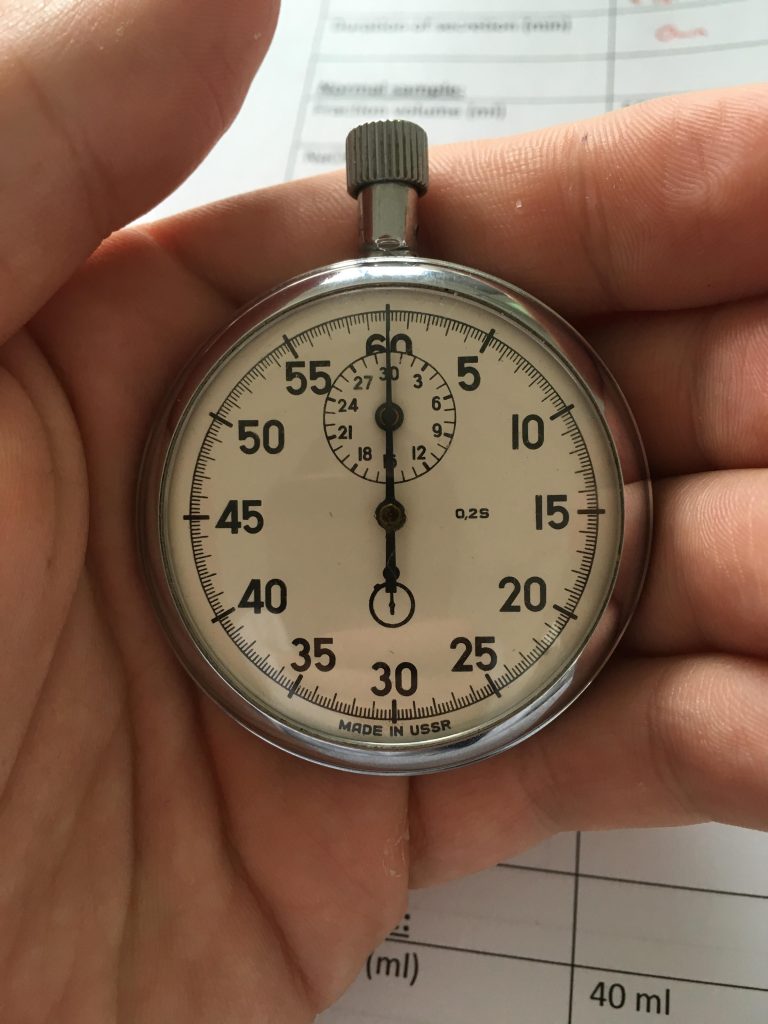 image source: reddit.com
image source: reddit.com
In some instances, bruising may not become apparent until hours or even days after the initial injury, a phenomenon known as delayed bruising. Delayed bruising may occur for various reasons, including slow extravasation of blood from damaged blood vessels, delayed inflammatory responses, or impaired clotting mechanisms.
46. Bruises with a central depression (like a button) can suggest soft tissue injury
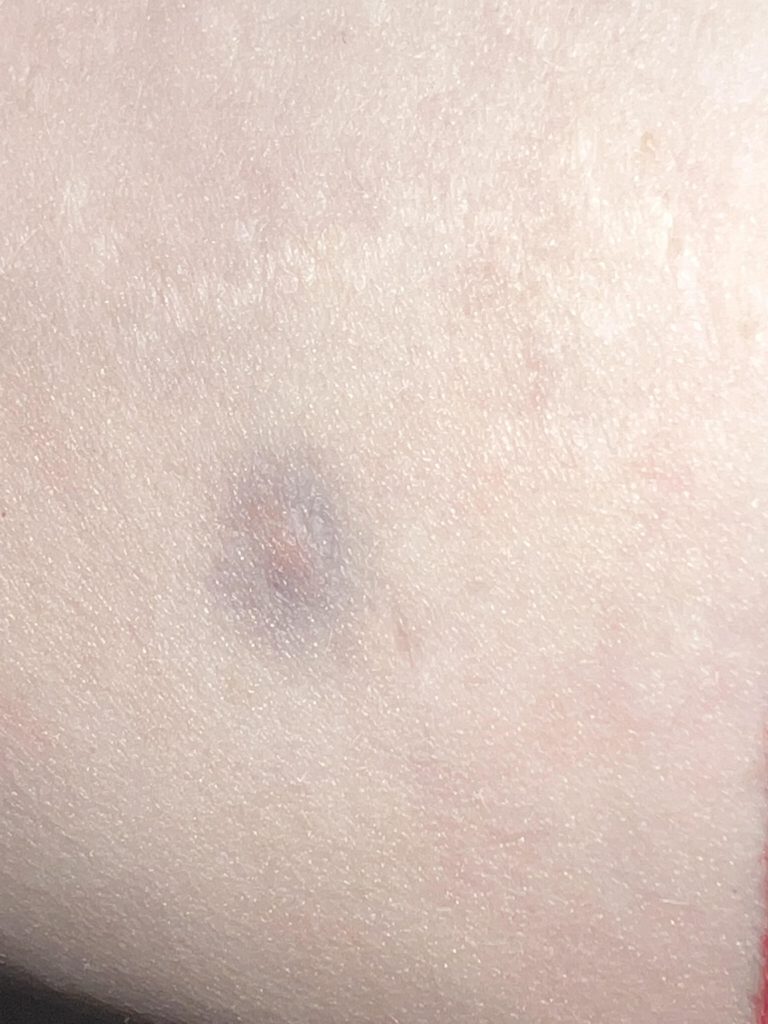 image source: reddit.com
image source: reddit.com
A bruise exhibiting a central depression, commonly referred to as the "buttonhole sign," may signify a significant soft tissue injury, such as a deep laceration or crush injury. This distinctive appearance occurs when force is applied directly to the center of the affected area, causing a depression or pit surrounded by bruised tissue.
47. Bruises that show on both sides of the body symmetrically can suggest an issue
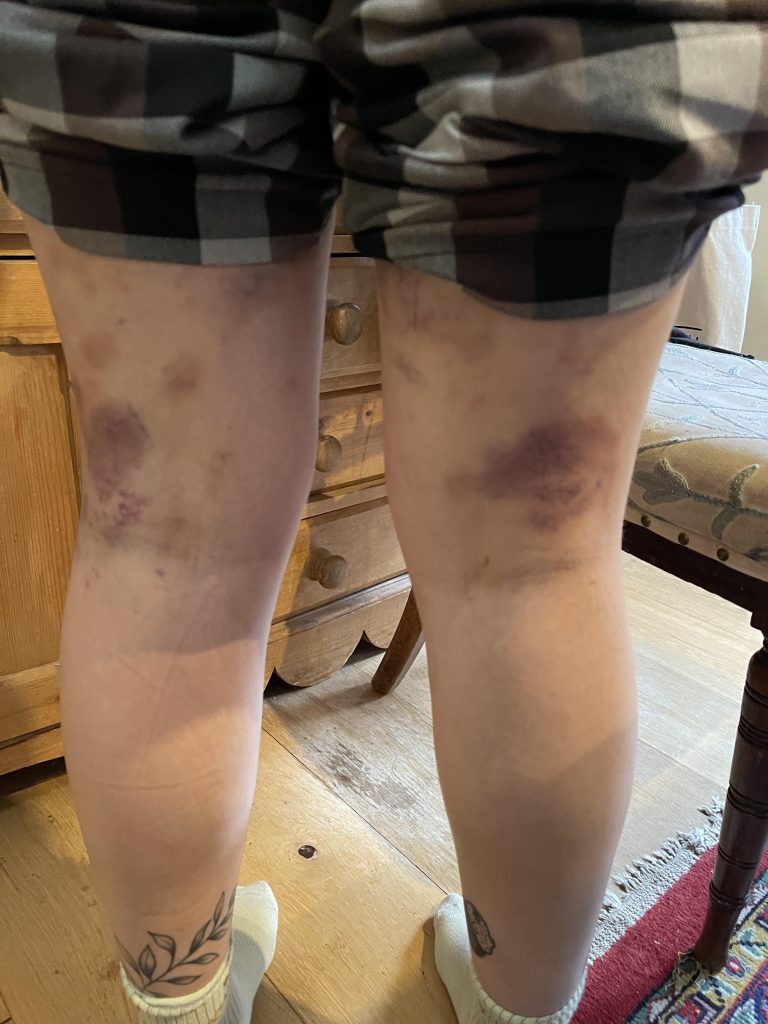 image source: reddit.com
image source: reddit.com
Bruises that manifest on both sides of the body symmetrically may raise concerns regarding systemic issues such as coagulopathy or metabolic abnormalities affecting blood vessel integrity. Bilateral bruising patterns suggest a generalized susceptibility to bruising rather than localized trauma or injury.
48. If you have a tender bruise over a bone, you might have actually injured the bone
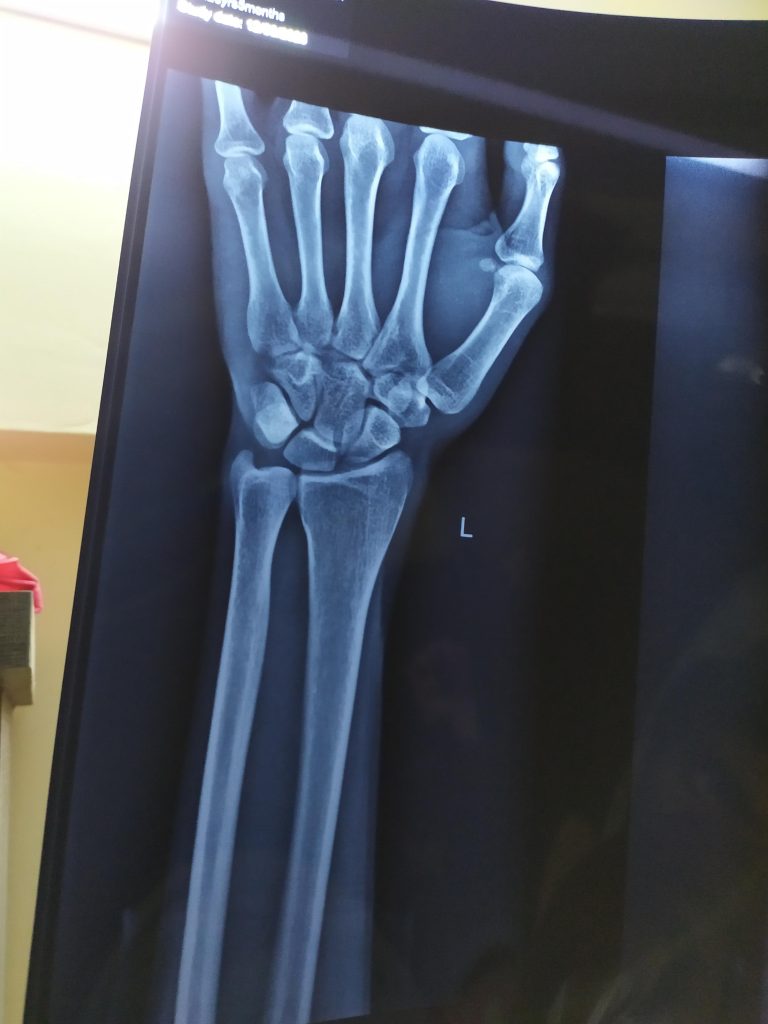 image source: reddit.com
image source: reddit.com
If a bruise is accompanied by tenderness overlying a bone, it may indicate an associated fracture or bone injury at the site of impact. While bruises typically result from soft tissue trauma and do not involve underlying bones directly, tenderness over a bone suggests involvement of the skeletal system and potential structural damage.
49. Bruises with pus or fluid could be an abscess
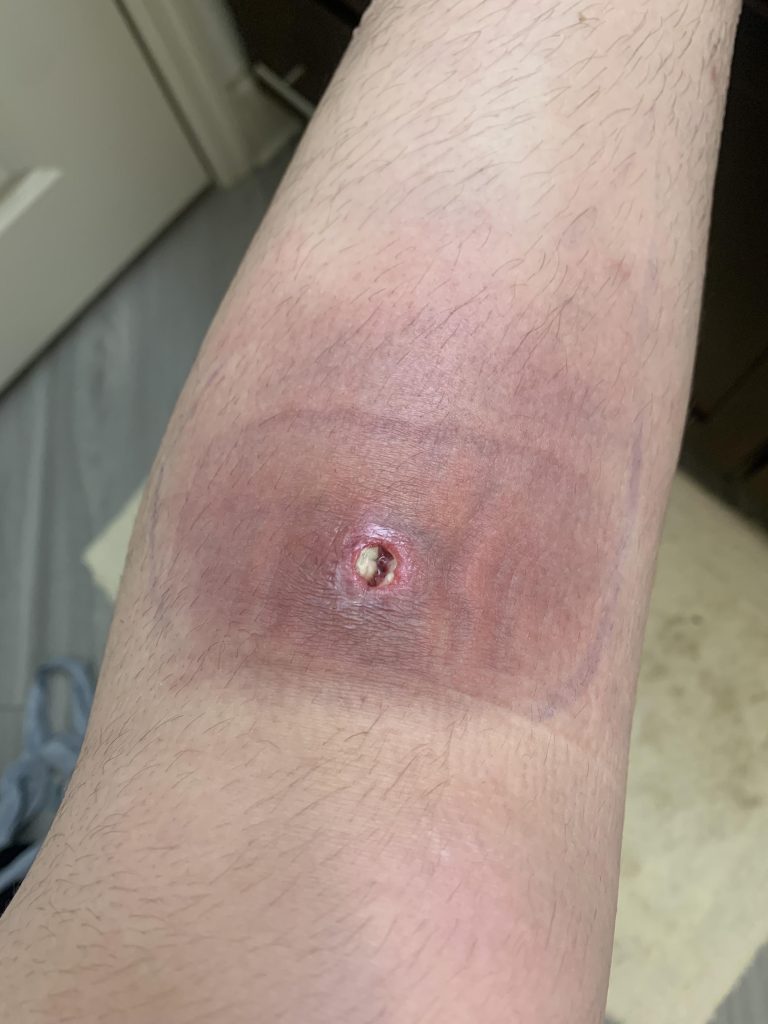 image source: reddit.com
image source: reddit.com
Bruises that develop pus or fluid draining from the affected area may indicate an infection, such as cellulitis or abscess formation, complicating the healing process. While bruises typically result from trauma and do not involve infection, open wounds or breaks in the skin associated with severe trauma can provide a portal of entry for bacteria, leading to localized infection and inflammation.
50. Bruising that smells really bad could mean death of tissue
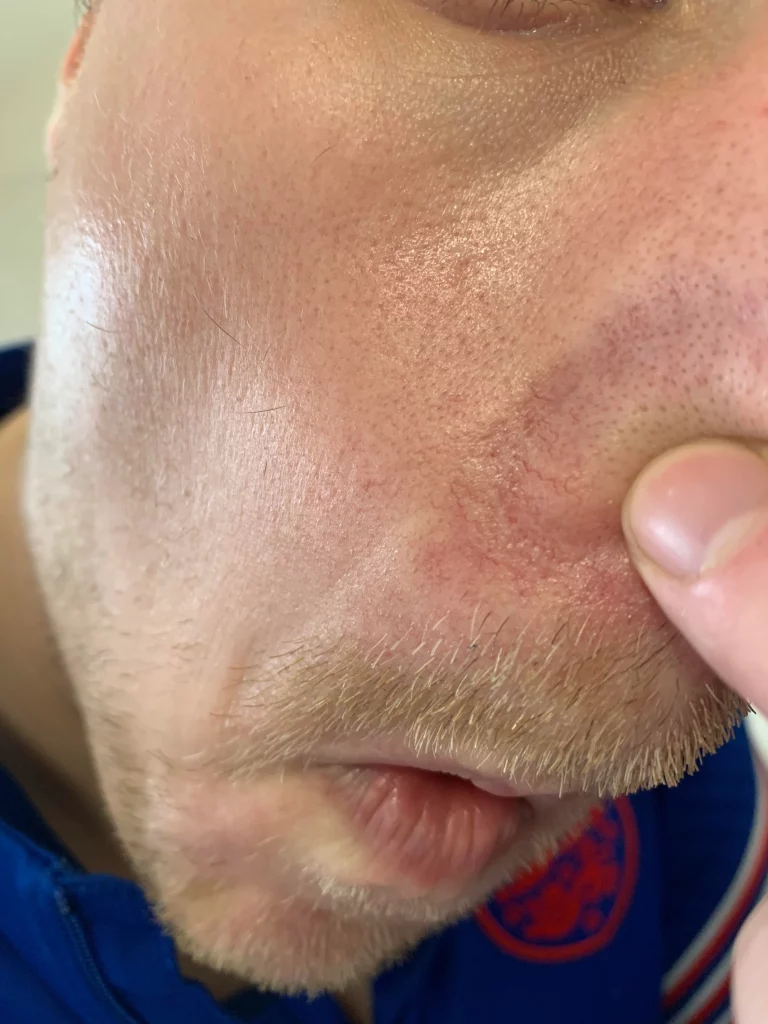 image source: reddit.com
image source: reddit.com
In situations where a bruise emits a foul odor, it may indicate tissue necrosis or infection, requiring prompt medical attention to prevent further complications. Tissue necrosis, or death of tissue, can occur in severe cases of trauma or ischemia, where blood flow to the affected area is impaired, leading to tissue death and decomposition.
 image source: reddit.com
image source: reddit.com image source: reddit.com
image source: reddit.com
 image source: reddit.com
image source: reddit.com image source: reddit.com
image source: reddit.com image source: reddit.com
image source: reddit.com image source: reddit.com
image source: reddit.com image source: reddit.com
image source: reddit.com image source: reddit.com
image source: reddit.com image source: reddit.com
image source: reddit.com
 image source: reddit.com
image source: reddit.com
 image source: reddit.com
image source: reddit.com image source: reddit.com
image source: reddit.com

 image source: reddit.com
image source: reddit.com image source: reddit.com
image source: reddit.com image source: reddit.com
image source: reddit.com image source: reddit.com
image source: reddit.com image source: reddit.com
image source: reddit.com image source: reddit.com
image source: reddit.com image source: reddit.com
image source: reddit.com image source: reddit.com
image source: reddit.com image source: reddit.com
image source: reddit.com image source: reddit.com
image source: reddit.com image source: reddit.com
image source: reddit.com image source: reddit.com
image source: reddit.com image source: reddit.com
image source: reddit.com image source: reddit.com
image source: reddit.com
 image source: reddit.com
image source: reddit.com image source: reddit.com
image source: reddit.com image source: reddit.com
image source: reddit.com image source: reddit.com
image source: reddit.com image source: reddit.com
image source: reddit.com image source: reddit.com
image source: reddit.com image source: reddit.com
image source: reddit.com image source: reddit.com
image source: reddit.com image source: reddit.com
image source: reddit.com image source: reddit.com
image source: reddit.com image source: reddit.com
image source: reddit.com image source: reddit.com
image source: reddit.com image source: reddit.com
image source: reddit.com image source: reddit.com
image source: reddit.com image source: reddit.com
image source: reddit.com image source: reddit.com
image source: reddit.com image source: reddit.com
image source: reddit.com image source: reddit.com
image source: reddit.com